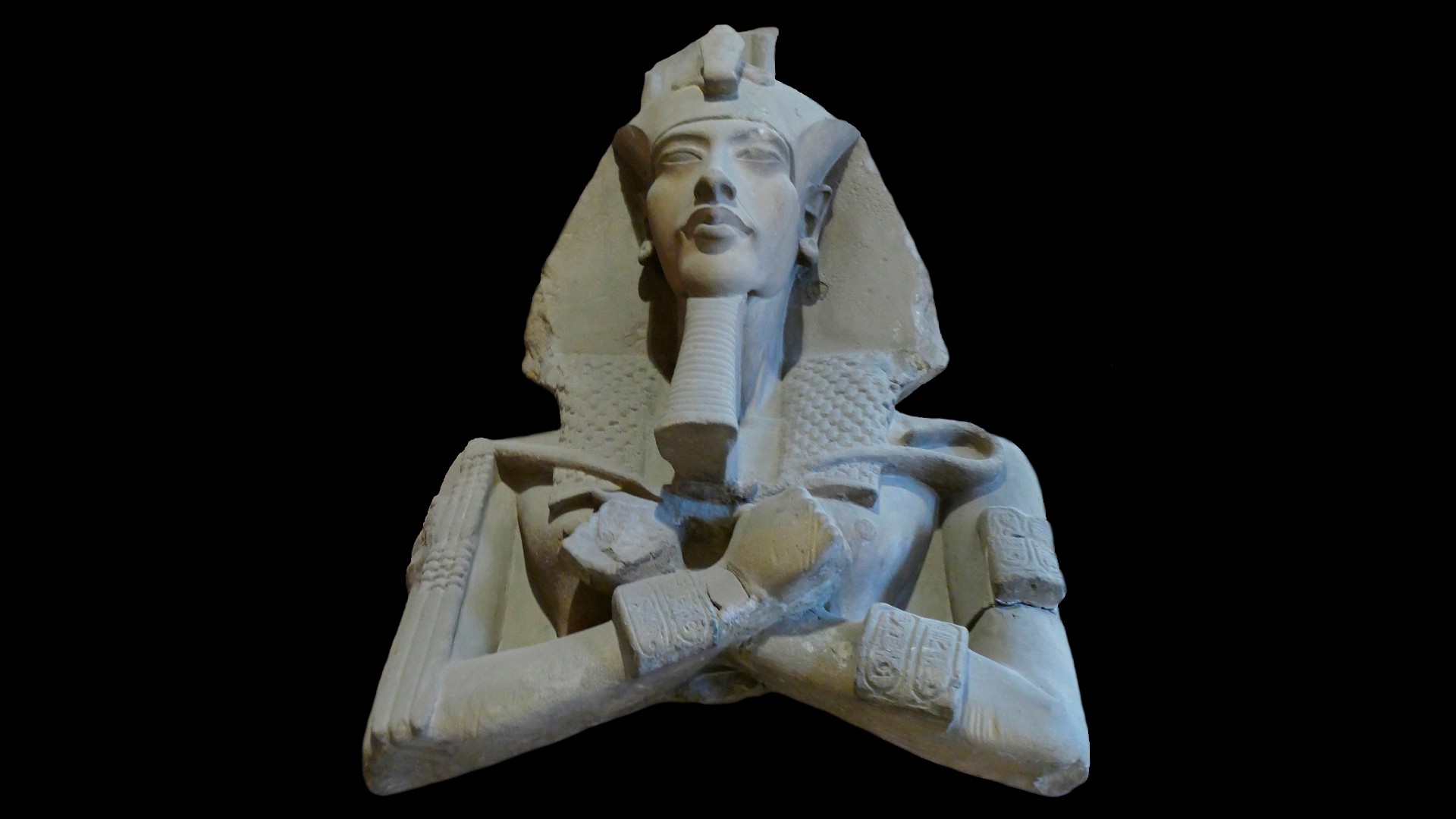
The burials of famous people provide enduring archaeological mysteries, but they're mainly of symbolic value.
Many archaeological discoveries do come from ancient burials but usually not those of the famous. For example, they can yield information about the society of the buried people, their role in it or the technologies associated with their grave goods. And modern scientific tests on human remains can reveal details of the deceased's sex, ethnicity, family connections and diets.
On the other hand, some of these very famous burials, if they are ever found, might resolve genuine historical whodunits. Here are 30 of the most famous lost tombs and burials.
1. Alexander the Great
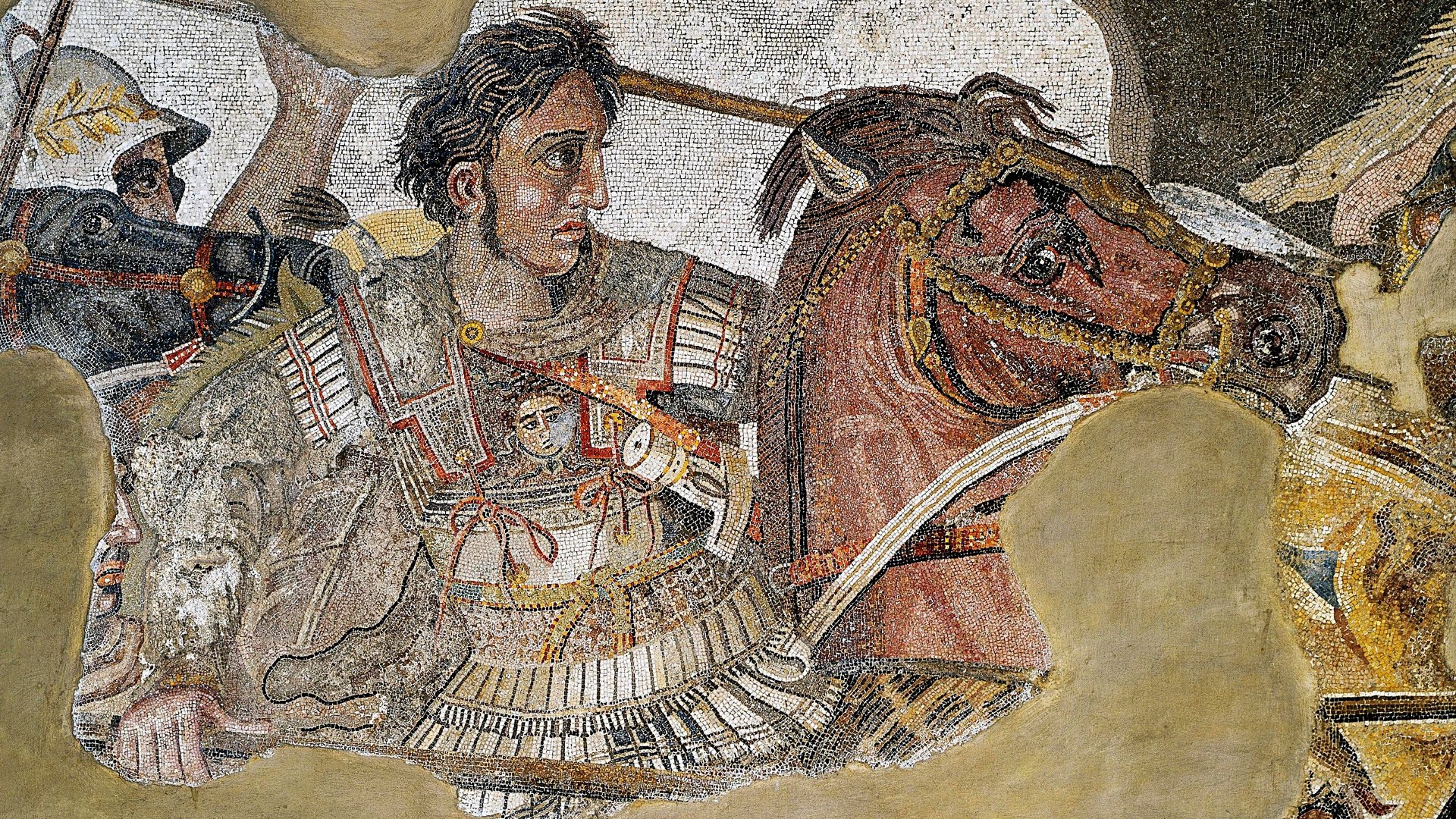
Alexander the Great tops almost every list of "lost" tombs. By 326 B.C., this young king of Macedonia had conquered much of the ancient world, from Greece and Egypt to what's now Afghanistan and northern India. He was on his way to conquering even more when he fell sick in Babylon, possibly from malaria or typhoid fever, or possibly from drinking too much wine (some claim he was poisoned) and died in 323 B.C.
Alexander's body was preserved in honey and transported to Egypt. It was first buried in Memphis, and then twice again in two tombs in Alexandria, the city that bears his name. But Alexandria was largely destroyed in the fourth and fifth centuries A.D., and archaeologists don't know where his body is.
2. Genghis Khan
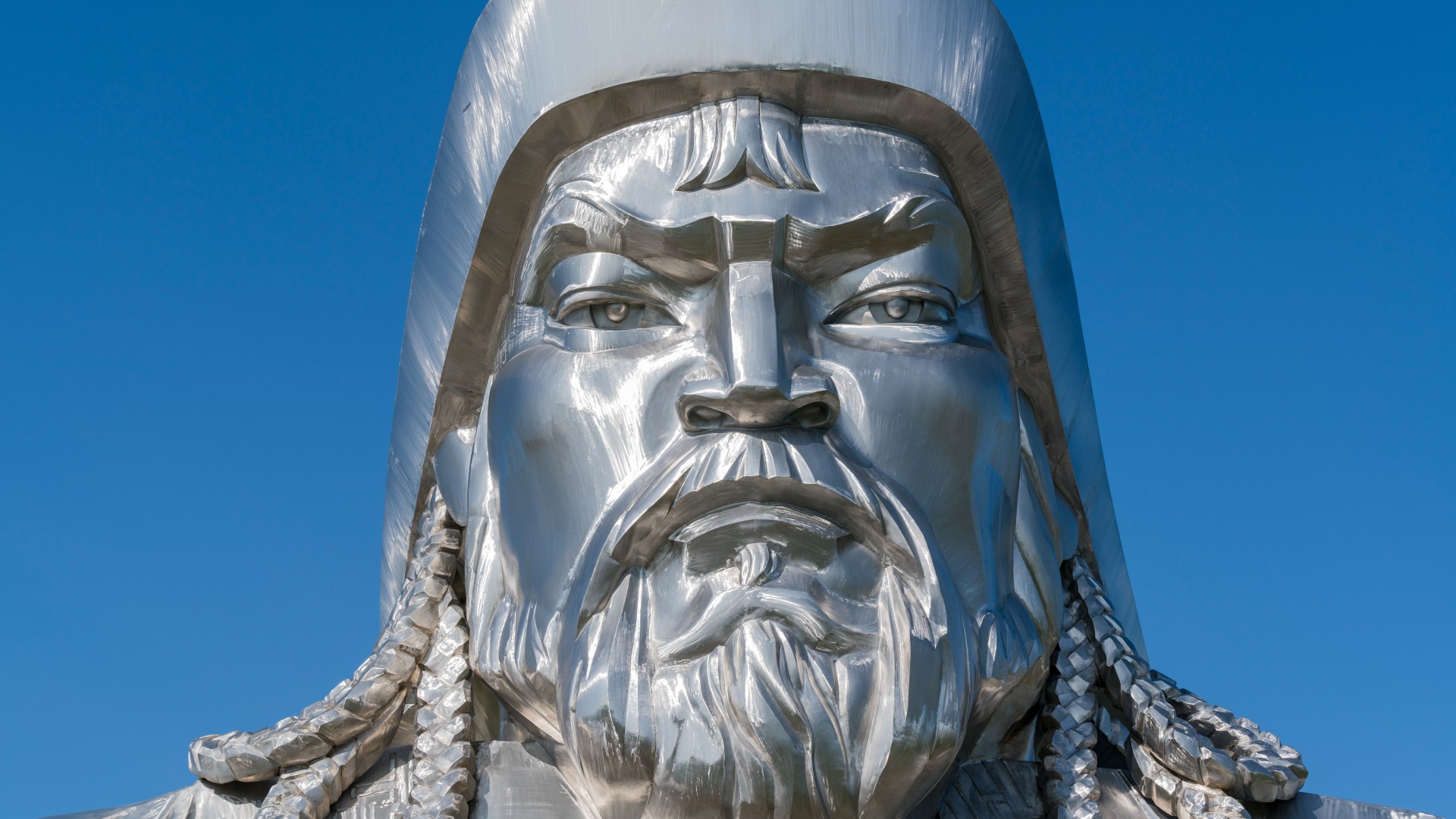
The Mongol leader Genghis Khan had established an empire that stretched from what's now Ukraine to China by the time of his death in A.D. 1227, at the age of about 67. His death has been ascribed to illness, hunting injuries or battle; about 75 years later, the Italian traveler Marco Polo reported that Genghis Khan had died from an infected arrow wound while campaigning. Polo also claimed that more than 20,000 people who knew the tomb's location were killed to keep it secret. Archaeologists now think the tomb may lie somewhere in the Ordos region of northern China.
3. Cleopatra and Mark Antony
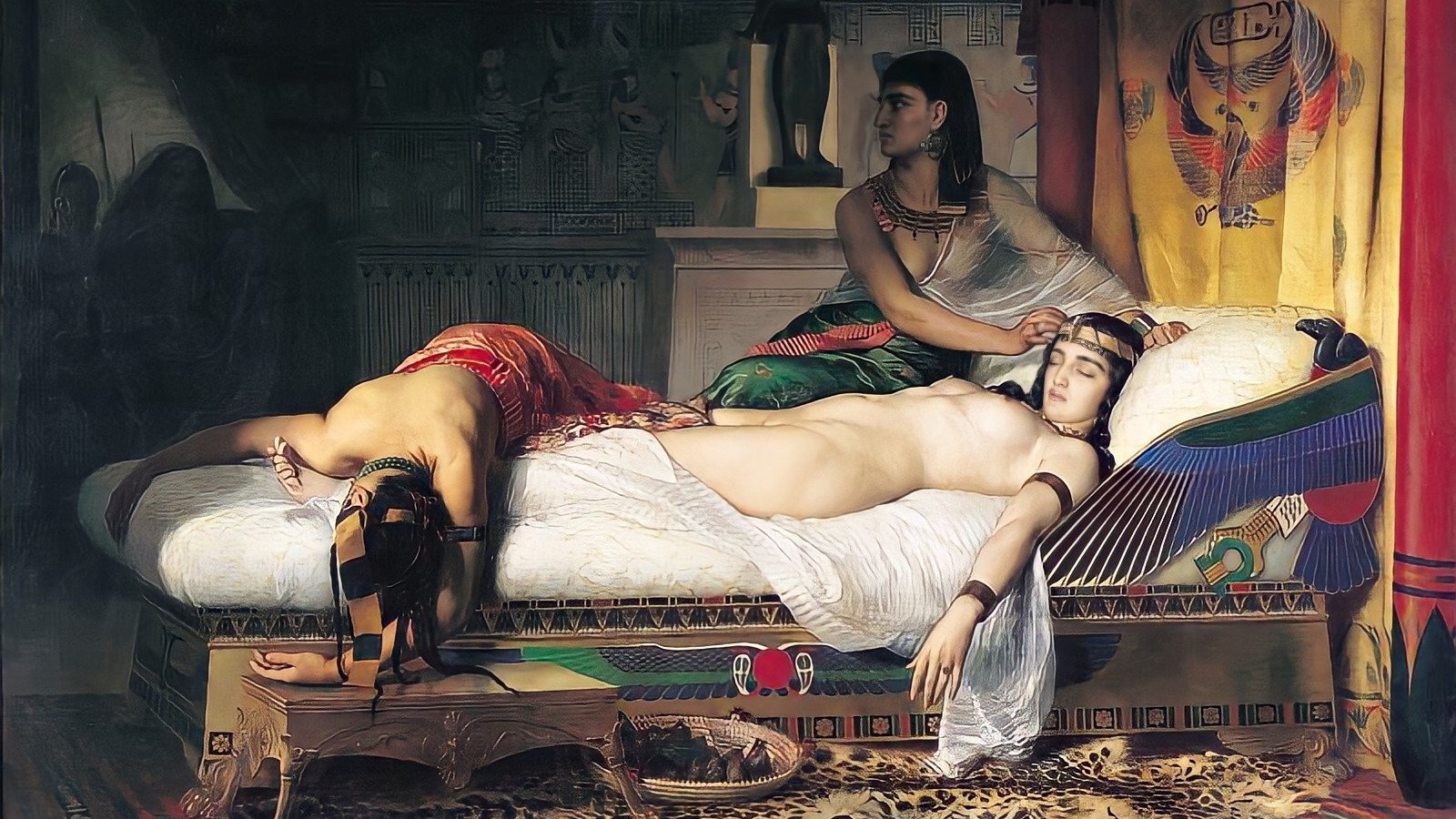
Cleopatra VII Philopator was the last queen of Egypt and the lover of the Roman general Marcus Antonius — Mark Antony in English — who'd been a close friend and deputy of Julius Caesar, while Cleopatra had once been Caesar's lover. After Caesar's assassination, Antony allied with Caesar's heir Octavian (later Augustus) but then rebelled against him, apparently wanting to keep Egypt and Rome's eastern territories for himself and his heirs.
But Antony and Cleopatra lost the decisive Battle of Actium to Octavian's forces in 31 B.C., and Cleopatra was faced with losing her kingdom — whereupon she famously killed herself in Alexandria in 30 B.C., reportedly after being deliberately bitten by a deadly snake. Antony, meanwhile, is said to have killed himself with his sword after hearing of Cleopatra's death. It's thought they may have been entombed together, but where is not known.
4. Attila the Hun
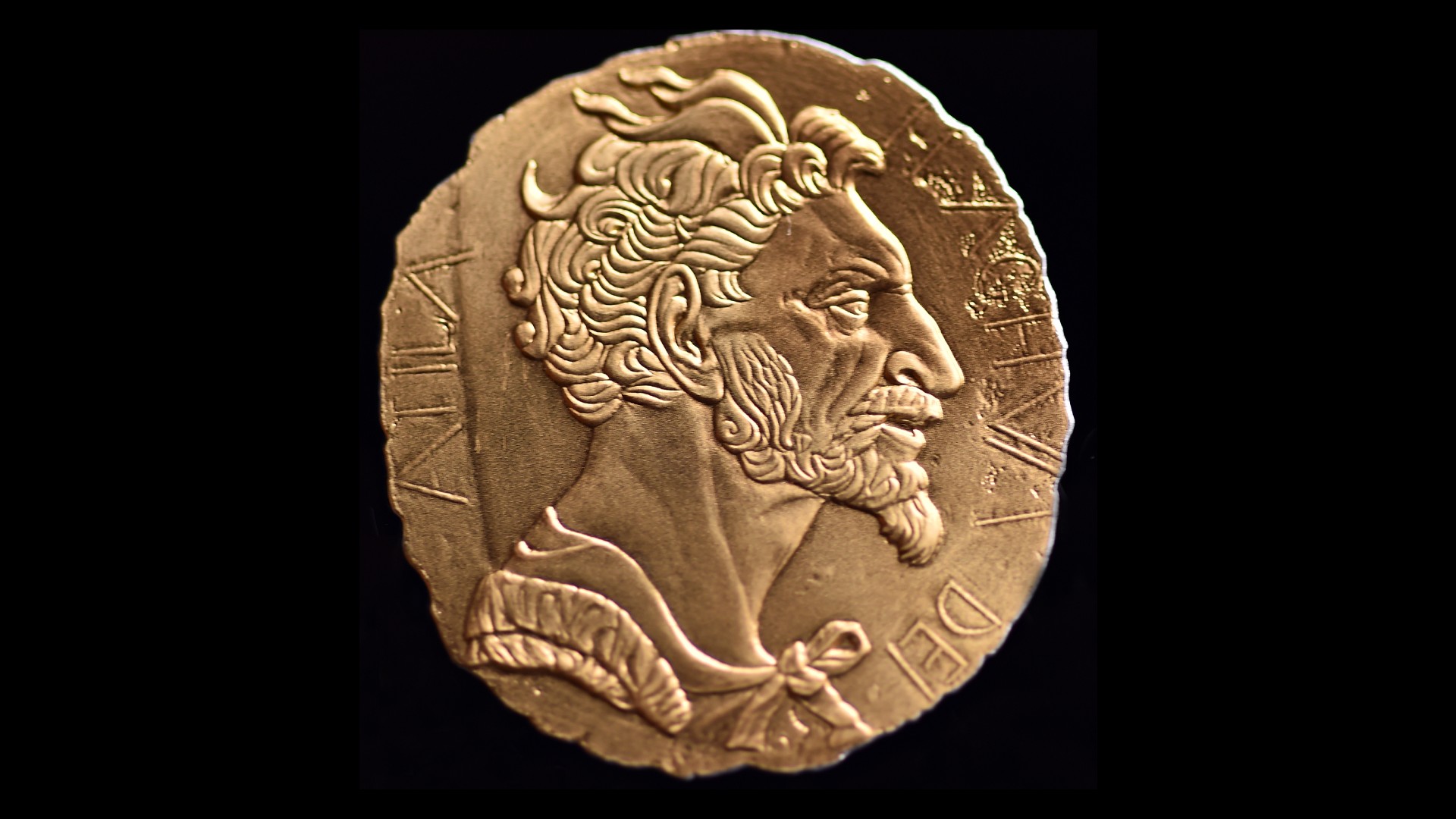
Attila was the leader of the Huns, a nomadic pagan people who invaded eastern and central Europe in the fifth century A.D. and formed the powerful Hunnic Empire with allied groups of Goths, Alans and Bulgars. Attila was one of the most feared enemies of both the Eastern and Western Roman Empire after the start of his brutal rule in A.D. 434, but he reportedly died on his wedding night in 453, at the age of about 47. Reports say he suffered severe bleeding during the festivities, and there's speculation that he may have been poisoned by his new wife Ildico, whose name suggests Gothic origins. Attila is thought to have been buried amid great riches somewhere in Hungary, but it's said the servants who buried him were killed to keep the location of the tomb secret.
5. Khufu
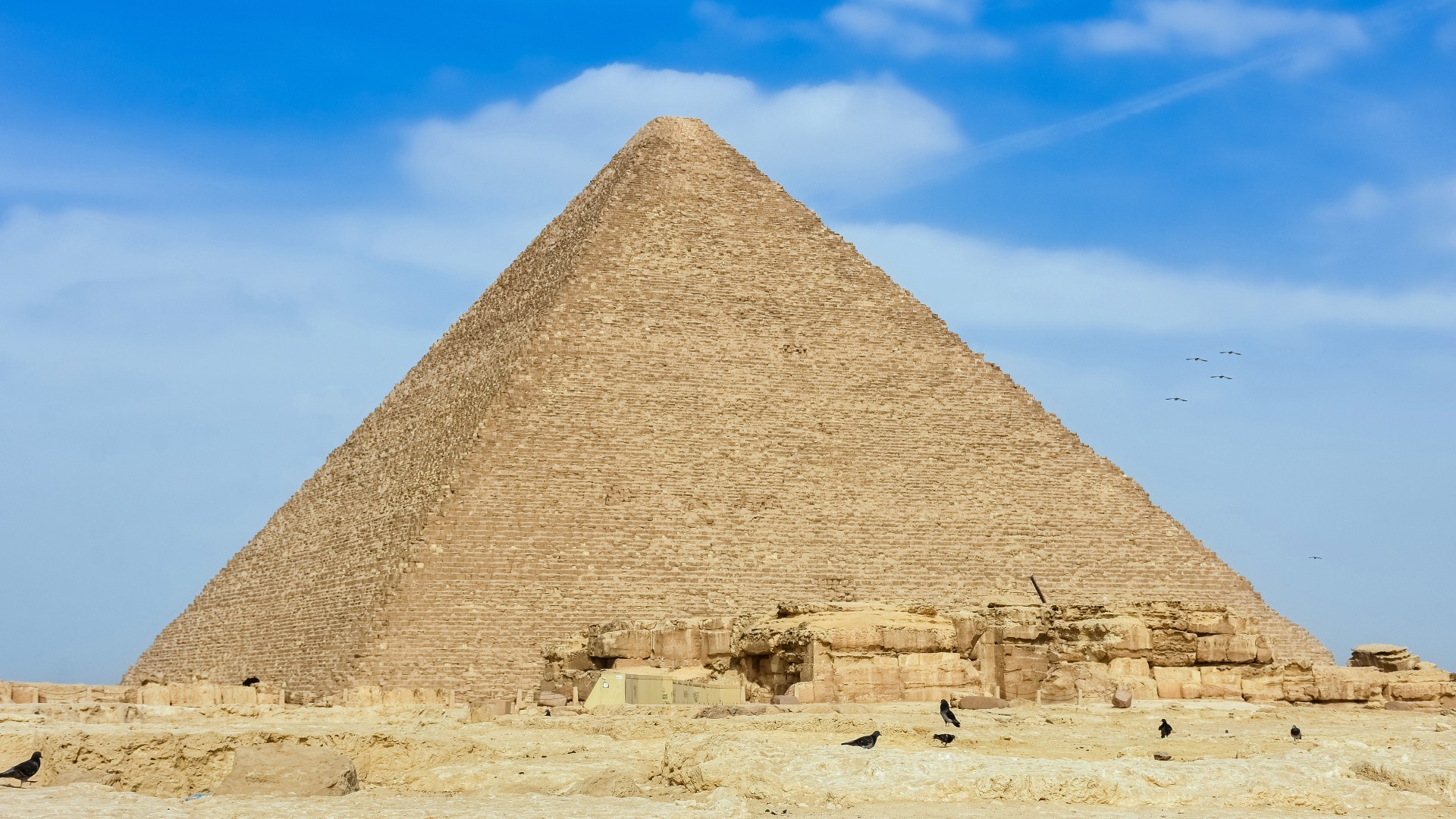
The ancient Egyptians are famous for their elaborate royal tombs, and many of their lost tombs feature on this list. The tomb of one of the oldest Egyptian kings, however, isn't strictly lost, because it's the Great Pyramid of Giza, which dominates the view near Cairo to this day. But the chamber in that vast pyramid where Khufu's body is entombed has never been located, although many of the buried passages and chambers there have been explored. Khufu, also known as Cheops, ruled Egypt from about 2551 B.C. to 2528 B.C. Recent scans using cosmic rays have revealed a hidden tunnel within the pyramid, but so far, there's no evidence it could lead to a hidden tomb chamber.
6. Amenhotep I
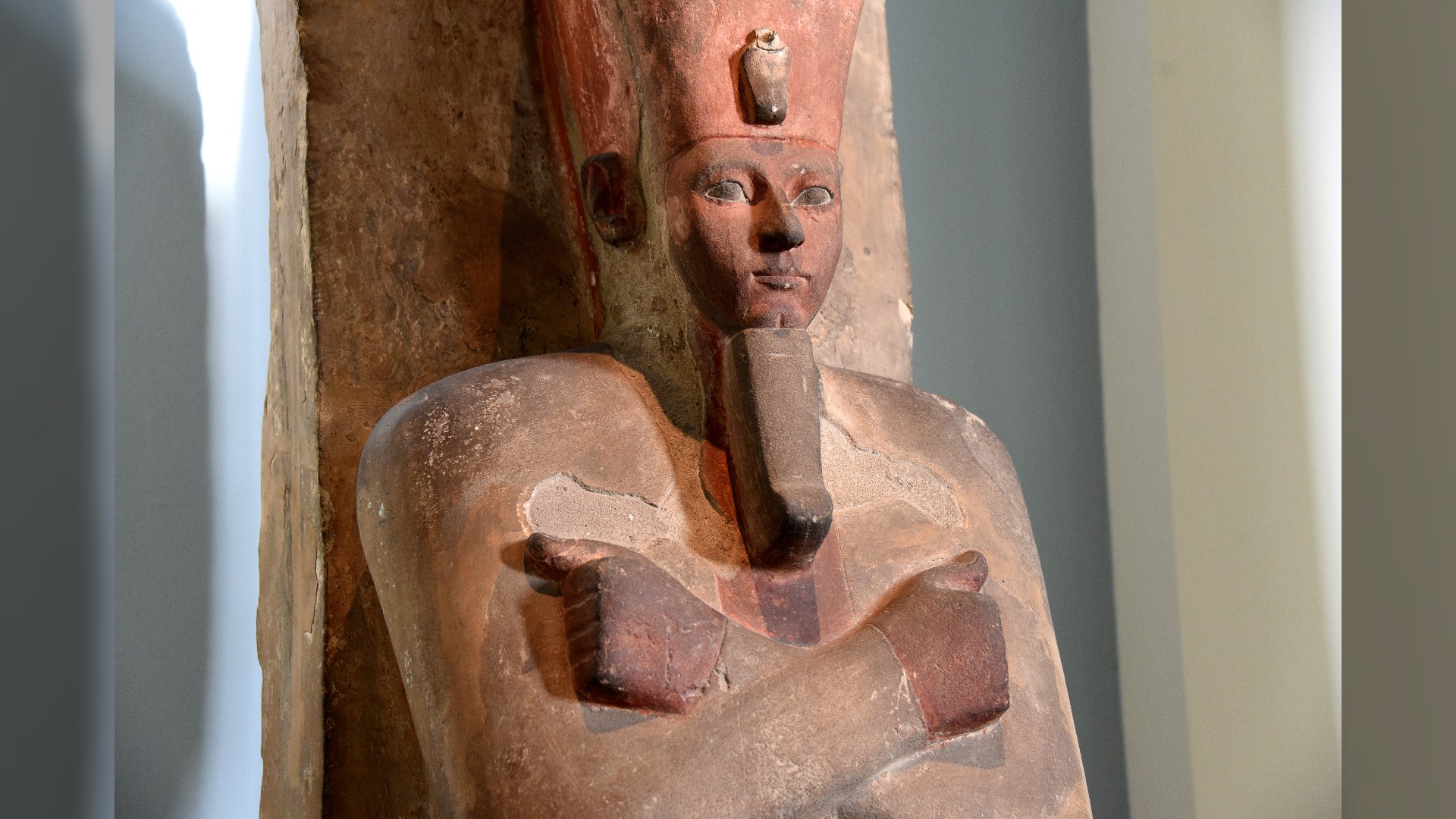
Amenhotep I was a pharaoh of ancient Egypt from about 1525 B.C. to1504 B.C. His mummy was found in the 19th century in a burial cache near the modern Egyptian city Luxor — formerly the ancient city of Thebes — where it had been hidden to protect it from grave robbers, but his royal tomb has never been discovered. Amenhotep I seems to have been a powerful pharaoh who rebuilt many temples in Egypt and tried to expand Egyptian control into foreign lands. He was very popular as a historical figure to later ancient Egyptians, and a funerary cult was established in his honor.
7. Thutmose II
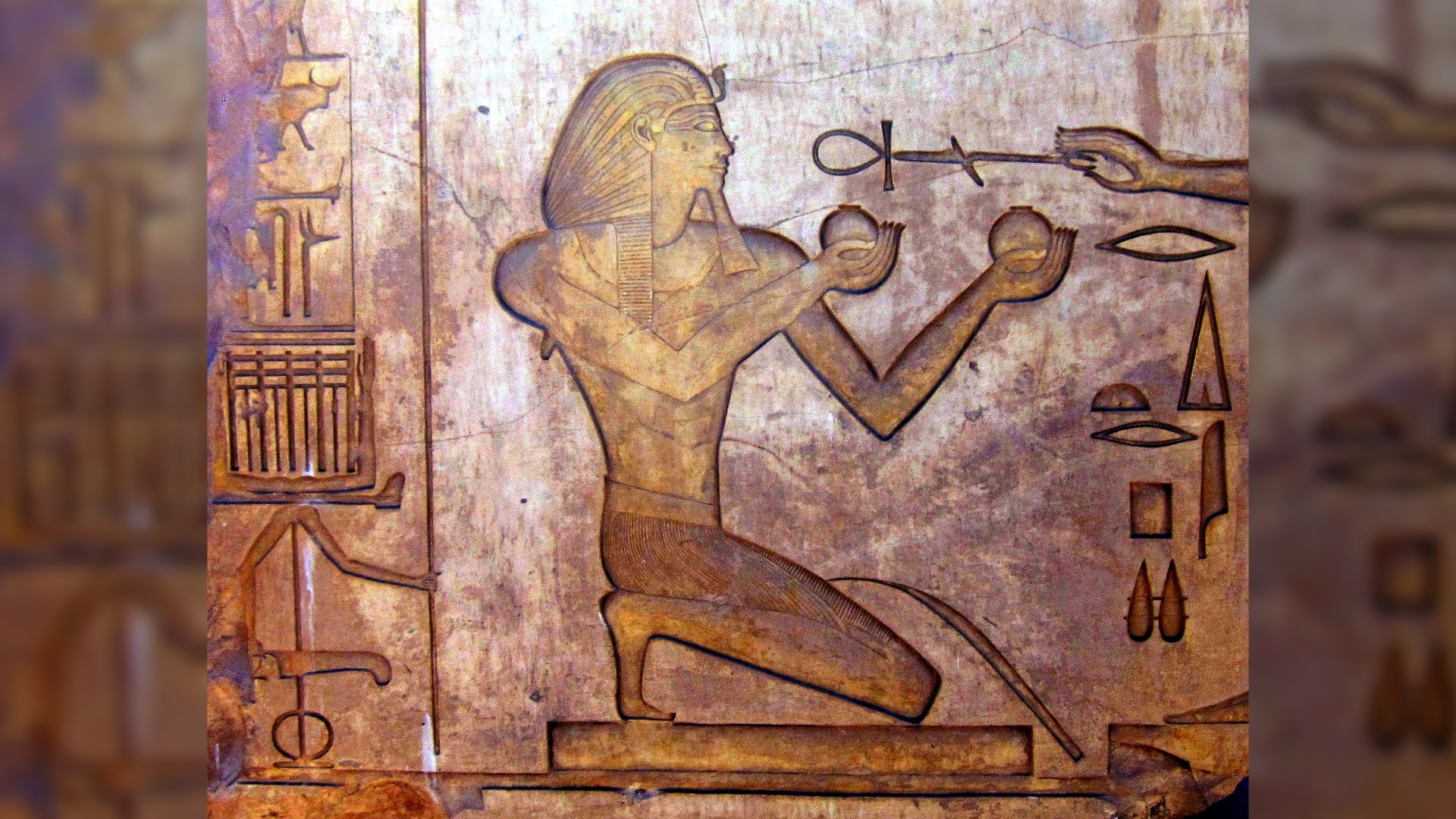
Thutmose II was pharaoh from around 1492 B.C. to 1479 B.C. His mummy was in the same burial cache as that of Amenhotep I, but his tomb has never been found. Thutmose II may be most famous as the husband (and half brother) of Queen Hatshepsut, who became pharaoh herself after his death and a powerful ruler in her own right. Thutmose II is also a contender for the pharaoh in the biblical Book of Exodus who persecuted Moses and the Israelites during their slavery in Egypt, but archaeologists don't agree about which pharaoh it was or if it even happened.
8. Nefertiti
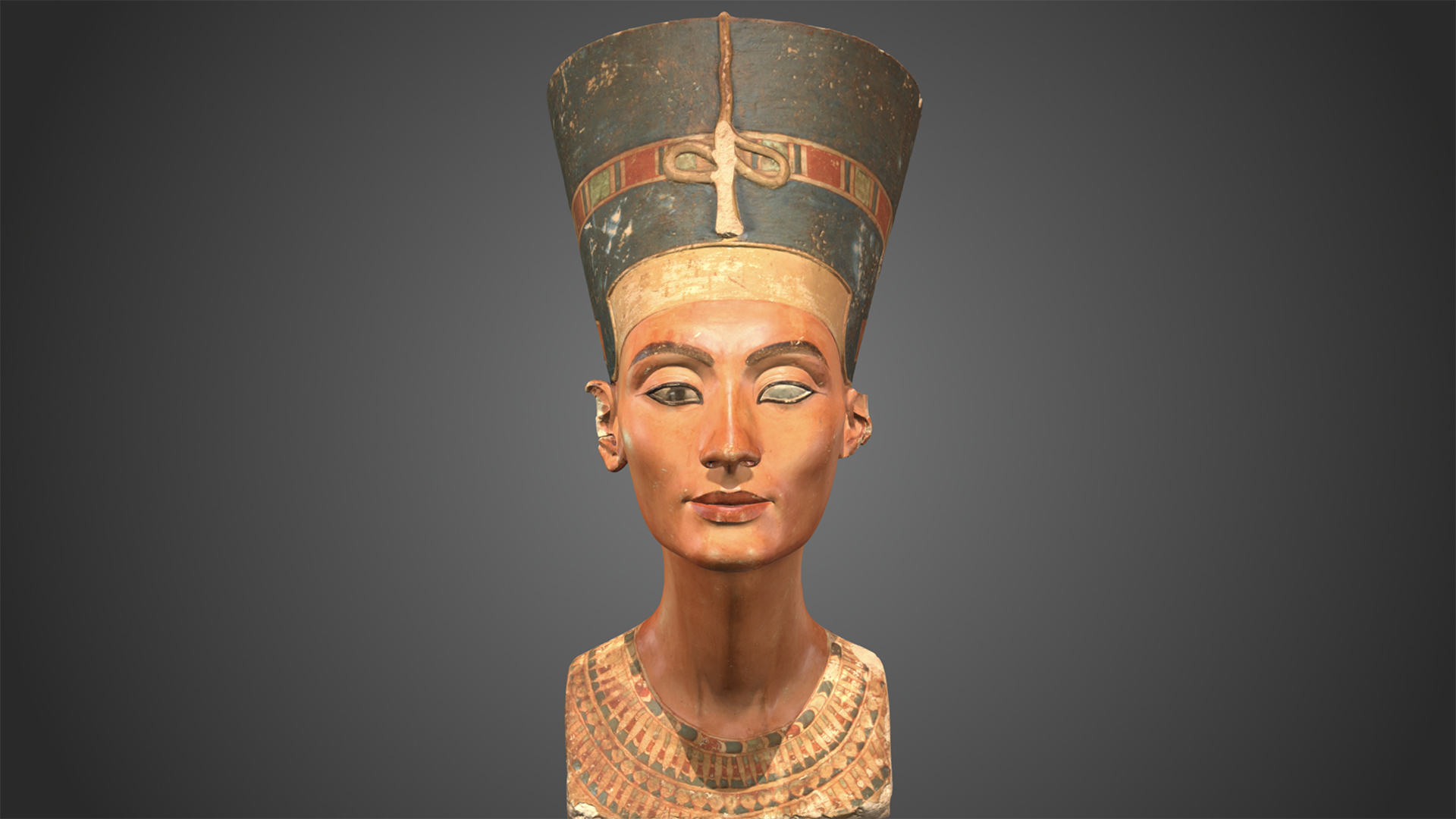
Nefertiti was famous in antiquity as a queen of Egypt and became even more famous after a painted wooden figure of her head, supposedly a model for stone sculptures, was discovered in the remains of an ancient Egyptian workshop in 1912. Nefertiti lived from around 1370 B.C. to 1330 B.C. and was the wife of the pharaoh Akhenaten, a reforming king who introduced a form of monotheism to Egypt in the guise of worshipping the sun, which he called the Aten. Akhenaten also emphasized the royal family, and many carvings show him with Nefertiti, who some suppose was a sort of co-ruler. Despite recent claims, Nefertiti's royal tomb and mummy have never been found.
9. Akhenaten

The royal tomb of the pharaoh Akhenaten has never been found, although some Egyptologists suggest his reburied mummy was discovered in the early 20th century. Akhenaten was a controversial figure whose original name was Amenhotep IV, after the Egyptian solar god Amun, but he changed it to Akhenaten after he became pharaoh, in honor of the Aten, his new solar god. Akhenaten's religious reforms didn't long survive his reign from about 1349 B.C. to 1336 B.C. However, his son Tutankhamun (formerly Tutankhaten) re-established the worship of the old Egyptian gods.
10. Ankhesenamun
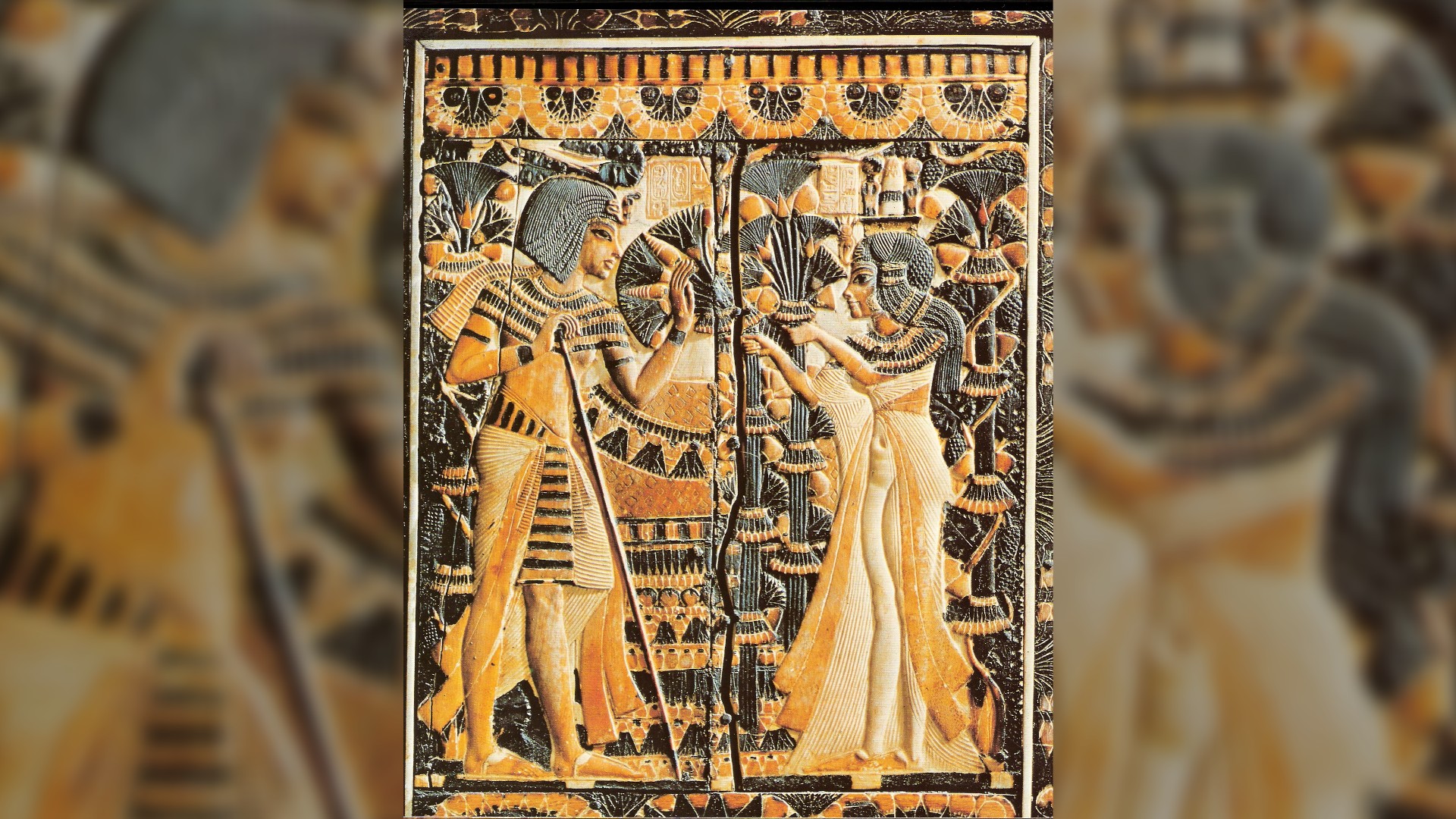
Ankhesenamun, who lived from about 1348 B.C. to 1322 B.C., was the half sister and wife of Tutankhamun and the daughter of Nefertiti and Akhenaten. Her tomb may lie in the Valley of the Kings near the tomb of Tutankhamun, but it's not yet been discovered. As the daughter of one pharaoh and the wife of another, her tomb is expected to be ornate, if it's ever found.
11. Ramesses VIII
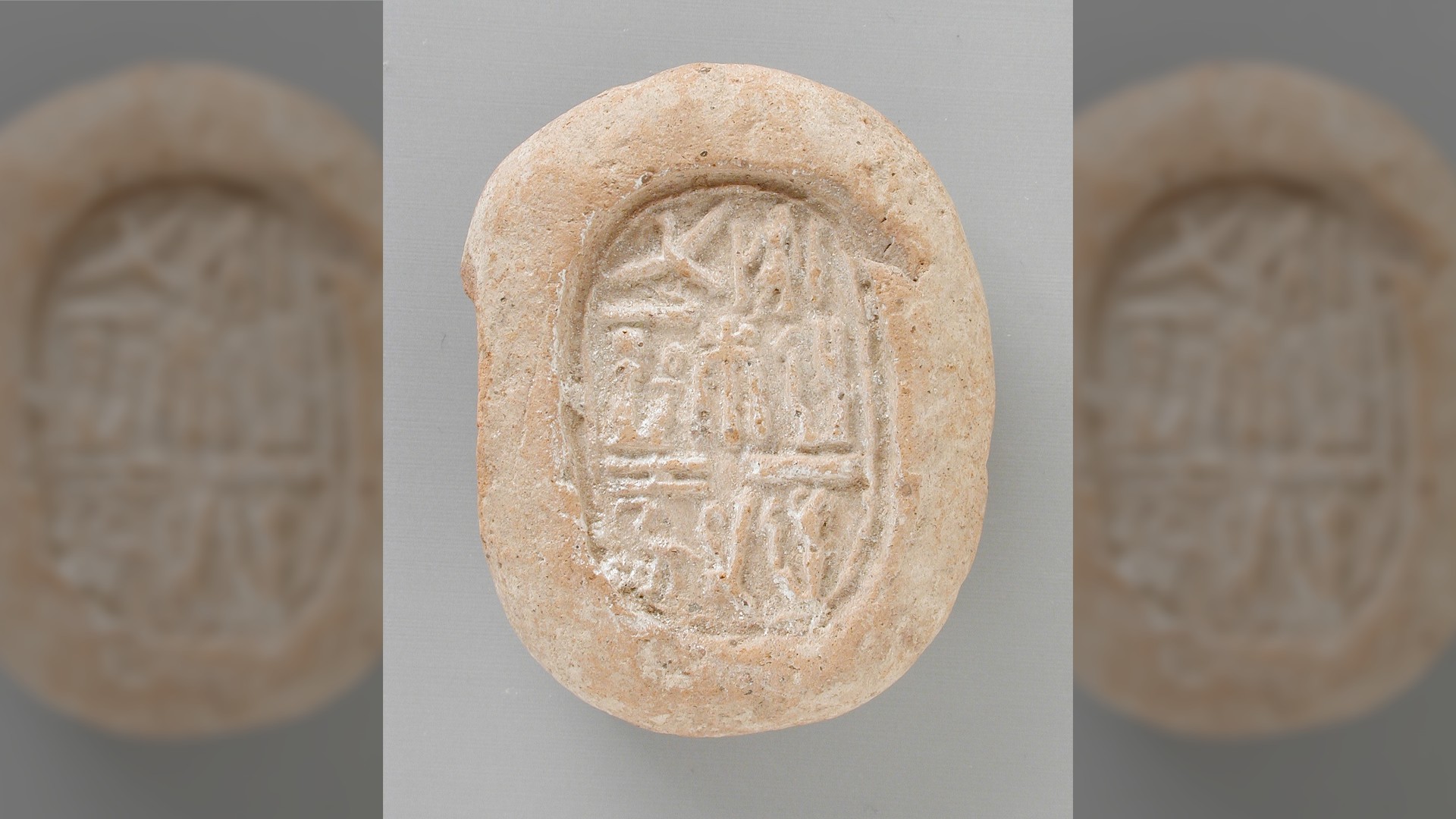
The last "lost" Egyptian tombs on this list is that of Ramesses VIII (also spelled Ramses), who reigned for under a year, sometime between 1129 B.C. and 1126 B.C. The details of Ramesses VIII's life are scant, and it's not known how old he was when he became pharaoh or why he died. What is known, however, is that this was a troubled time for Egyptian royalty, so he may have fallen into a dispute over the succession. Ramesses VIII was a son of the powerful pharaoh Ramesses III and succeeded his half nephew Ramesses VII, whose father was Ramesses VI. He's the only king of the dynasty whose tomb has not yet been discovered.
12. Boudica

Boudica was the queen of the Iceni tribe of Britons, who lived in what's now Norfolk in eastern England. In A.D. 60, she led a bloody revolt against Britain's Roman rulers, who had invaded in A.D. 43. The revolt was sparked by the death of Boudica's husband, the Iceni king; the Romans then claimed they were the sole heirs of the Iceni kingdom, but Boudica considered her daughters had inherited at least half of it (it may be that the Romans didn't recognise the claim of the daughters because they were women.) Rather than negotiate, the Romans ordered Boudica beaten and her daughters raped, after which Boudica launched her revolt. Several other British tribes joined her, and while the revolt was ultimately crushed by the Romans, the figure of Boudica became an English national hero in later centuries. She died after her final battle against the Romans in A.D. 61, possibly after taking poison to avoid being captured. It's rumored that her tomb may be in the Hampstead area of London, or possibly beneath a train platform at London's King's Cross station.
13. Alfred of Wessex
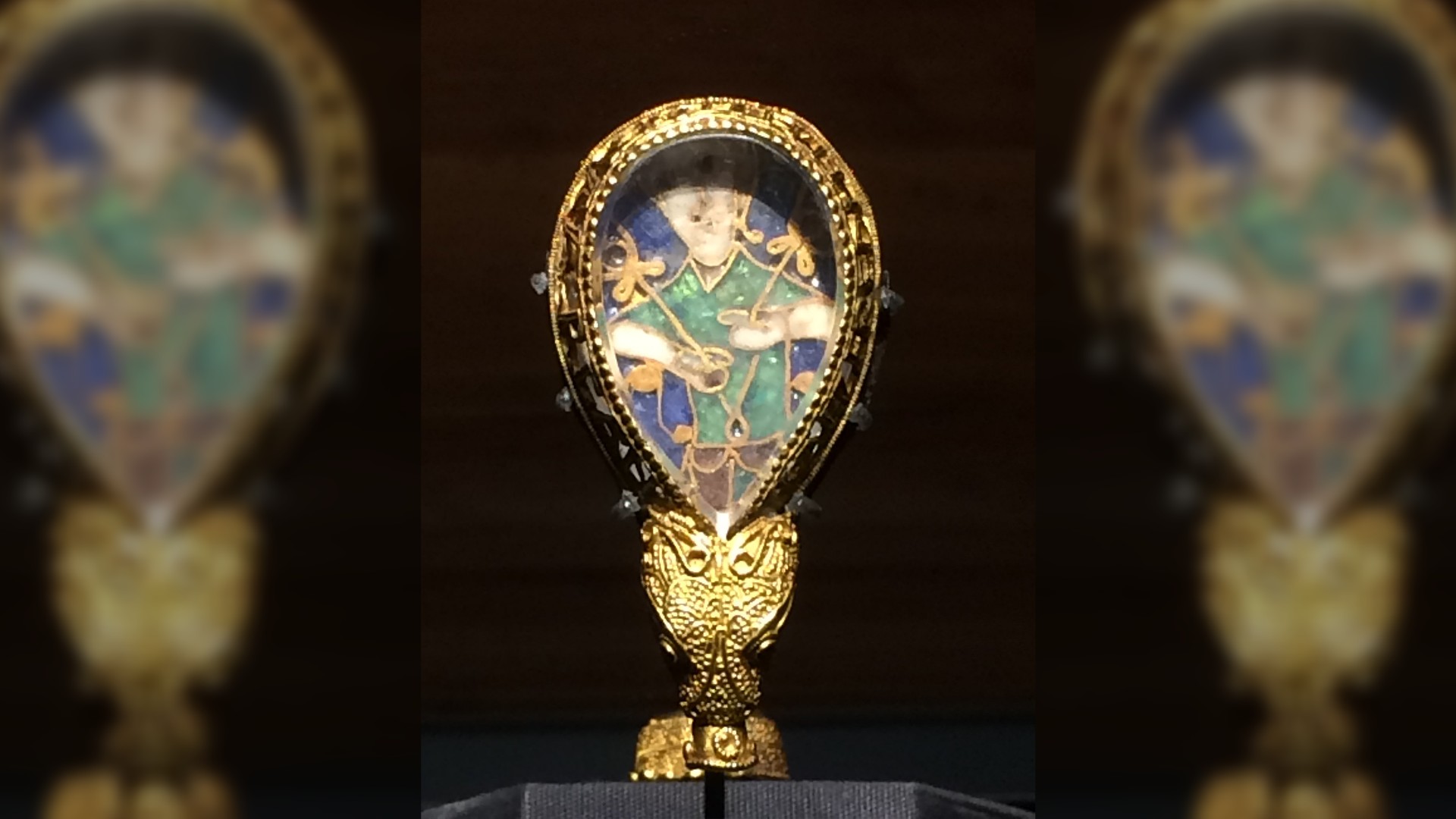
Alfred of Wessex, also known as Alfred the Great, was the first king of the Anglo-Saxons. He was born in A.D. 849, originally ruled the Anglo-Saxon kingdom of Wessex ("West Saxons") and spent much of his life fighting off Viking invasions. After striking a deal with the Vikings that gave them much of northern England (the "Danelaw"), Alfred became the preeminent ruler of England. He died in 899, at the age of 50 or 51. Although Alfred was first buried in Winchester, his body was exhumed a few years later and was reburied several times at different locations amid the religious turmoil of later centuries. The location of his latest grave was lost in the 19th century, but searches still go on today.
14. Harold II of England
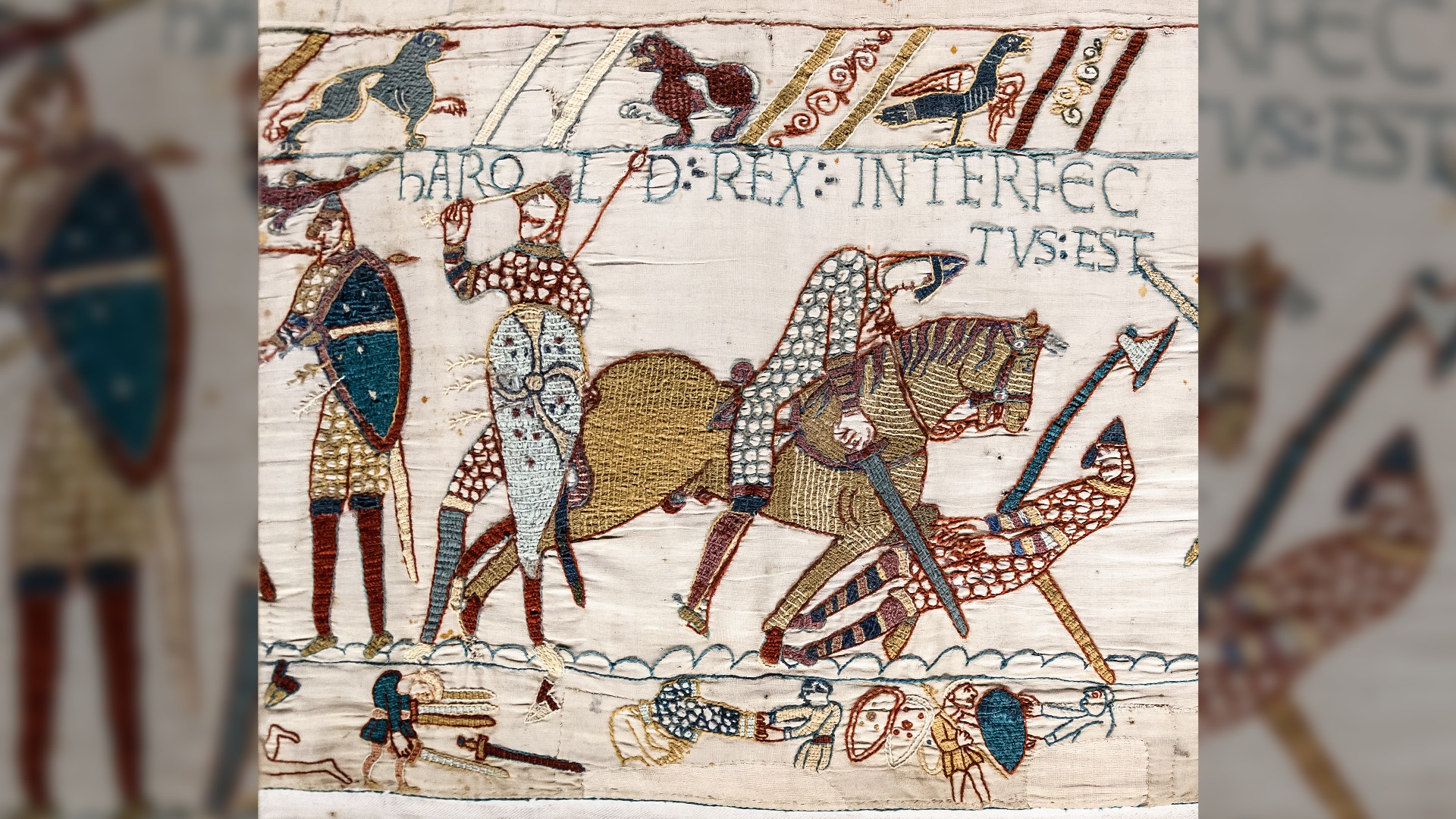
King Harold II, also known as Harold Godwinson, may be most famous for losing England to William ("the Conqueror") of Normandy, at the Battle of Hastings in 1066. Harold was then the king of the English, but William claimed the throne as well. Harold is portrayed in the famous "Bayeux Tapestry" as dying after being hit by an arrow in the eye, but witnesses to the battle say he was cut down by Norman cavalry. William is now buried in Caen, France, but Harold's grave has never been found.
15. Richard III of England
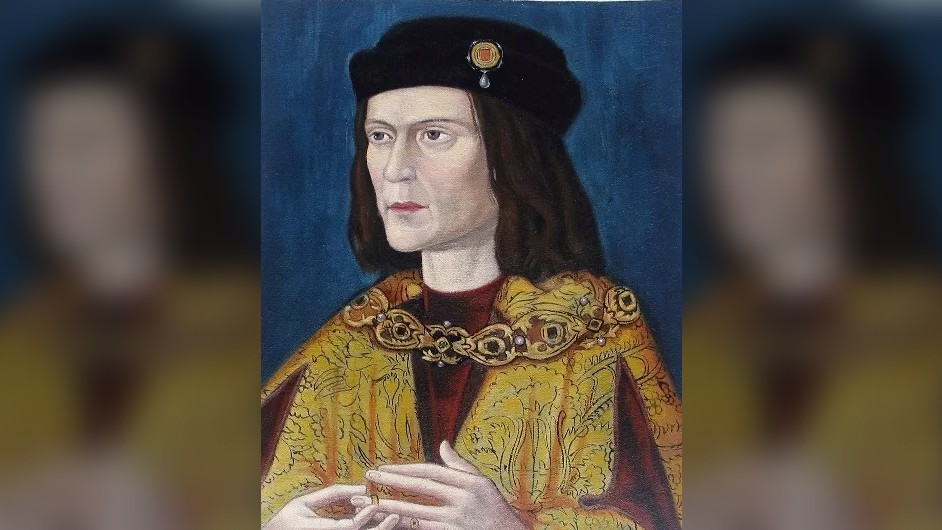
Although the body of Richard III, possibly one of the most consequential — and notorious — English kings, was found beneath a parking lot in the city of Leicester in 2012, it was truly lost for most of its history. Richard was killed in the Battle of Bosworth Field in 1485, after being crowned king just two years earlier. His death marked the end of the turmoil of the Wars of the Roses and the ascent of the Tudor dynasty that replaced his Yorkist dynasty. Richard was infamous for his schemes to obtain the throne, which had once belonged to his brother Edward IV, and he was depicted by William Shakespeare as one of the greatest villains of all time. (Some modern historians, however, think Richard III wasn't so bad.) After his death on Bosworth Field, he was hastily buried nearby, making him the only English king not to have a state funeral and a tomb.
16. The Princes in the Tower
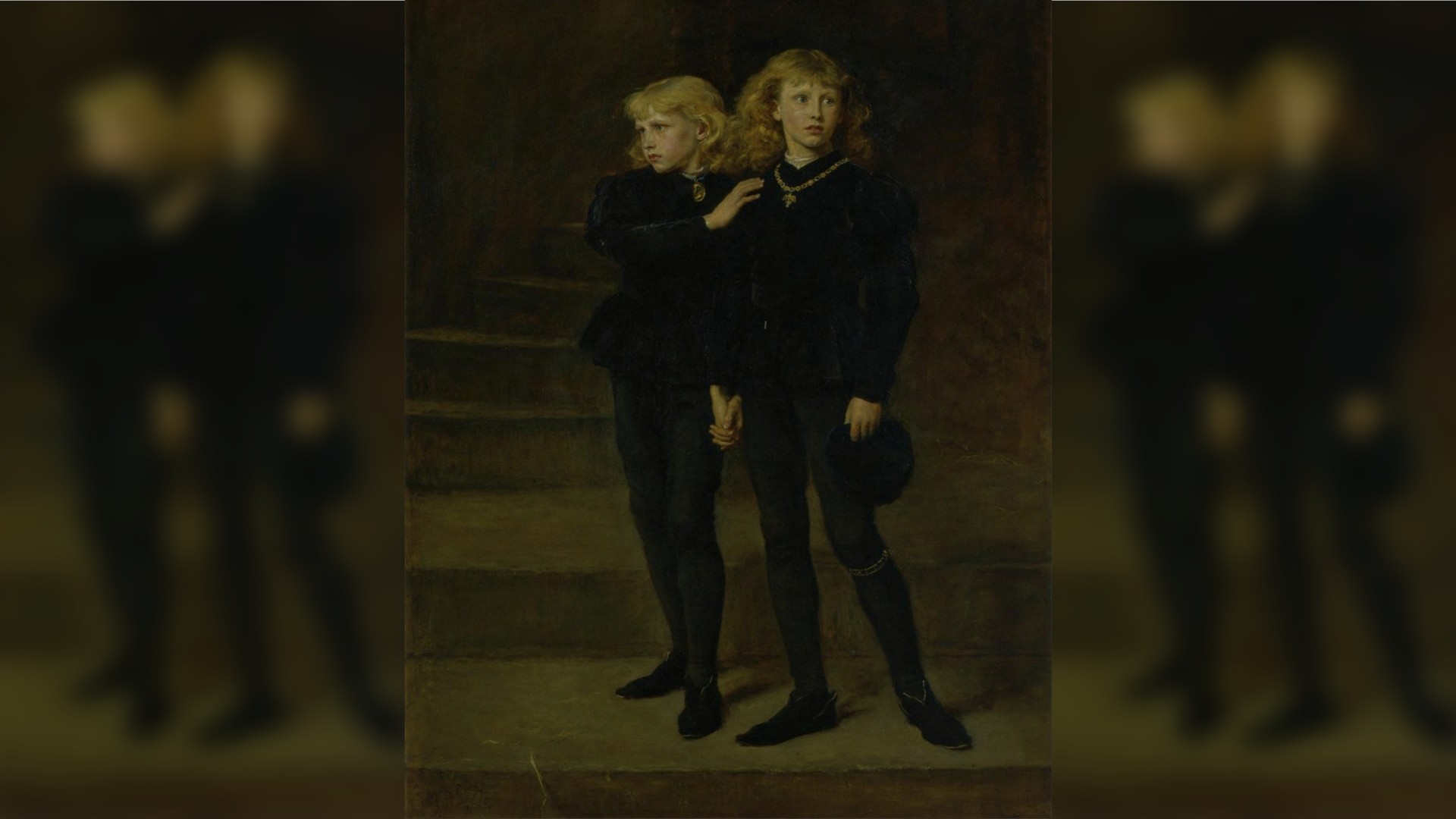
One of Richard III's most despicable acts may have been to order the murder of his two young nephews — 12-year-old Edward and 9-year-old Richard. After the death in 1483 of the young Edward's father, king Edward IV, his brother Richard seized the throne as Richard III and had the two young princes locked away in the Tower of London, supposedly for their own protection until one of them was old enough to rule. The princes were never seen again, however, and it's claimed that Richard III had them murdered that year. In the 17th century, workers uncovered two small skeletons in the tower, but whether they were the bones of the missing princes is not known.
17. Montezuma II
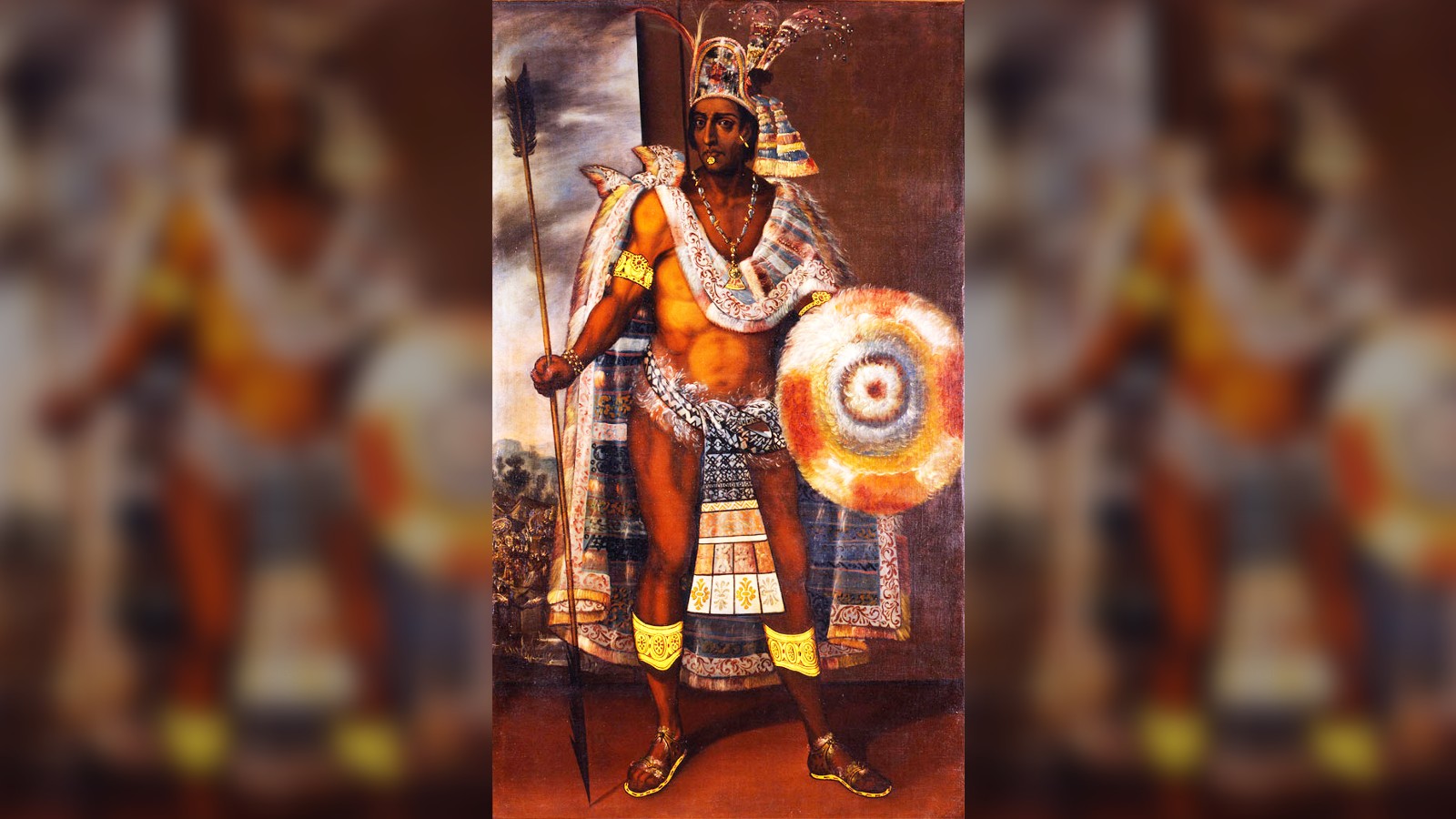
Montezuma II (also spelled Moctezuma) was one of the last Aztec emperors in central Mexico before the Spanish conquistador Hernán Cortés invaded the region. (Two more Aztec emperors were installed before the Spanish conquest was complete, but both lasted only a few months.) Montezuma II famously hoped to placate the invading Spaniards and tried to buy them off with gold. There are differing accounts of his death in 1520: He was either betrayed by the Spanish or, according to Spanish accounts, fatally injured by his own people in retribution. According to some reports, he was cremated a few days later — but his remains have never been found.
18. Atahualpa
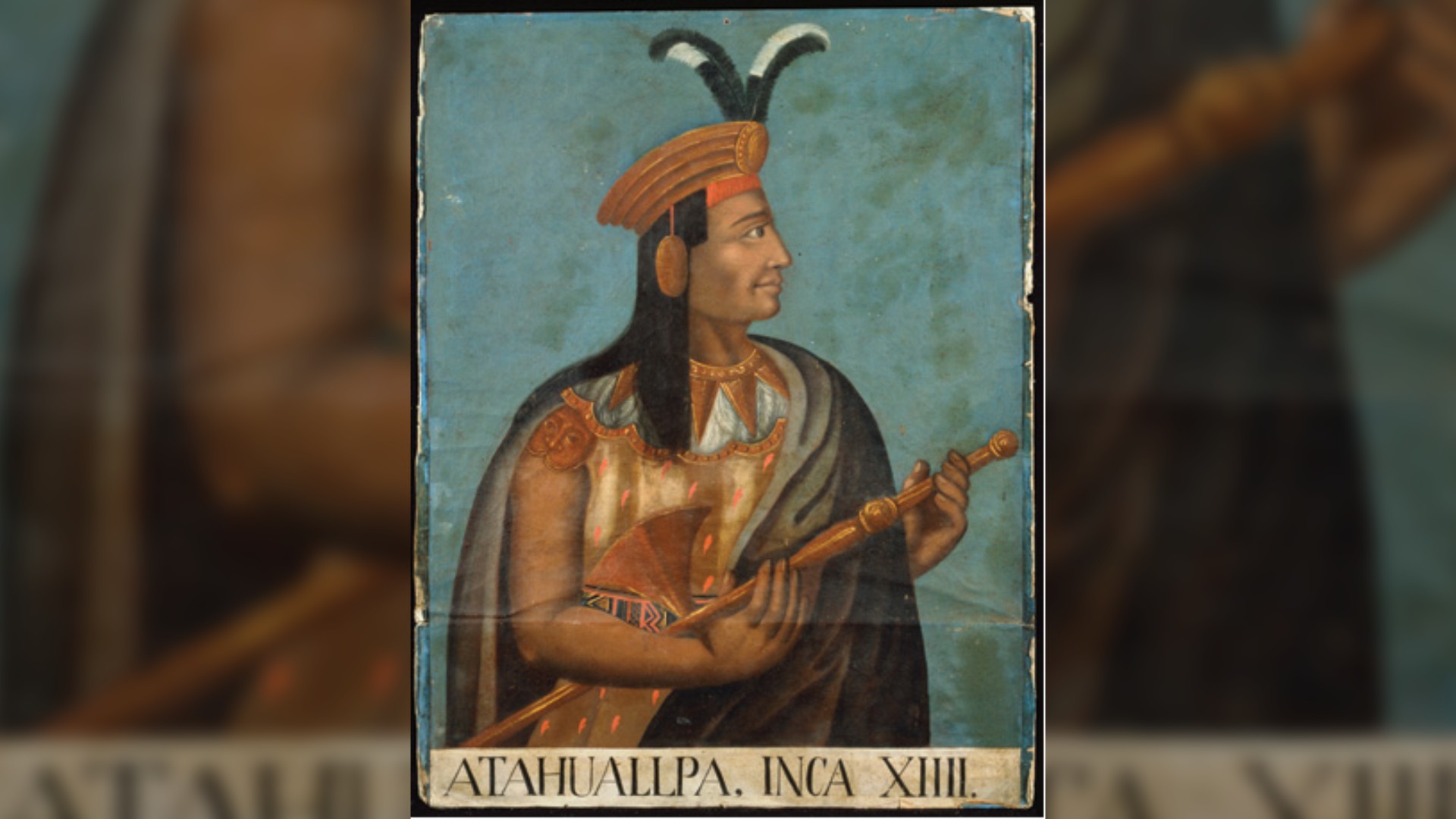
A fate similar to Montezuma's befell Atahualpa, the last Inca emperor, who in 1533 was taken captive on his way to Cuzco, Peru, by Spanish conquistadors under the command of Francisco Pizarro. Atahualpa offered to ransom himself by filling a room with gold and two more with silver, but after much of the treasure had arrived, Pizarro ordered Atahualpa's execution anyway. It's alleged that he was given a Christian burial, but several accounts suggest his body was later exhumed by his followers; today, its whereabouts are unknown.
19. Christopher Columbus
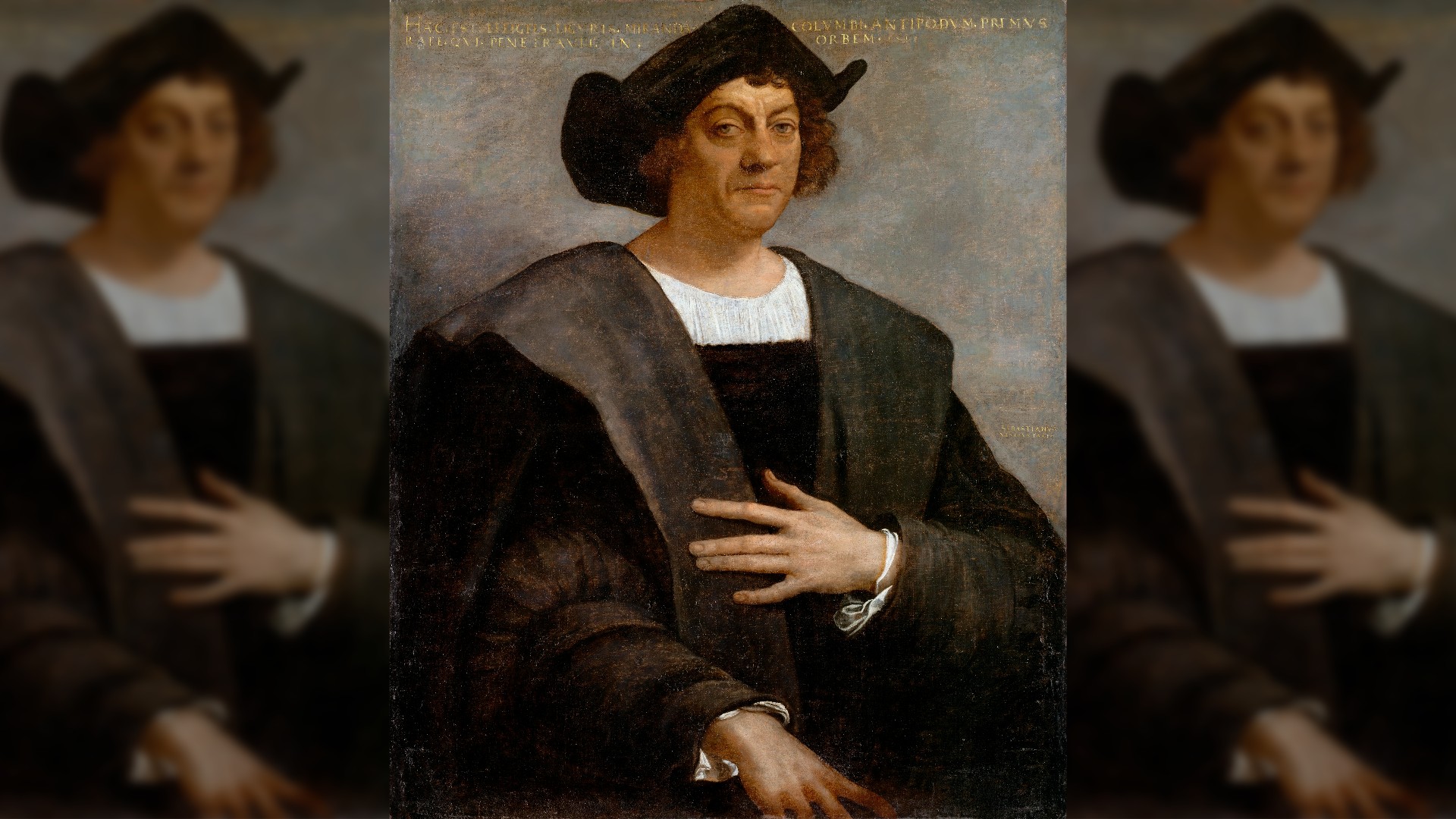
Where the remains of Genovese explorer Christopher Columbus — who first crossed the Atlantic and opened the way for the European colonization of the Americas — are located is still disputed. After Columbus' death in 1506, his body was buried in Valladolid, Spain. But it was exhumed and reburied — first in Seville, Spain, and supposedly later in Santo Domingo, the capital of the Dominican Republic. Both Santo Domingo and Seville now claim they possess the bones of Columbus, and nobody knows who is right.
20. Kamehameha I
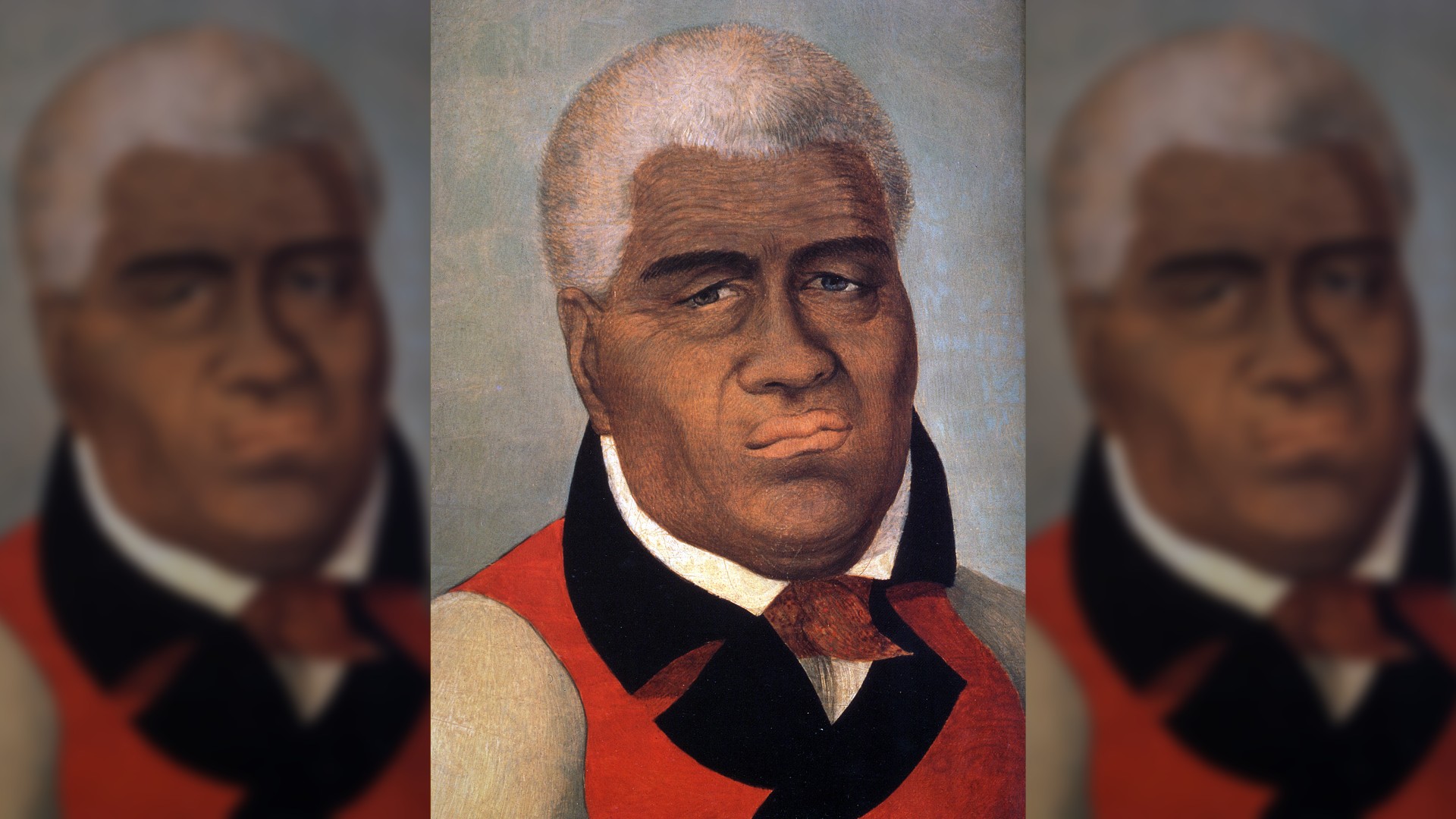
Kamehameha I was the first king of the Hawaiian Islands. Originally, almost every island in the group had its own royal family, and Kamehameha's family held this distinction for the largest island, the "Big Island" of Hawaii itself. Kamehameha was thought to embody a native Hawaiian prophecy and that he would become king of all of the islands. In 1795, he achieved this title after years of warfare and negotiations, and Kamehameha remained king until his death in 1819. His bones were placed in a sacred cave, the location of which has been kept secret in accordance with Hawaiian tradition.
21. Tecumseh
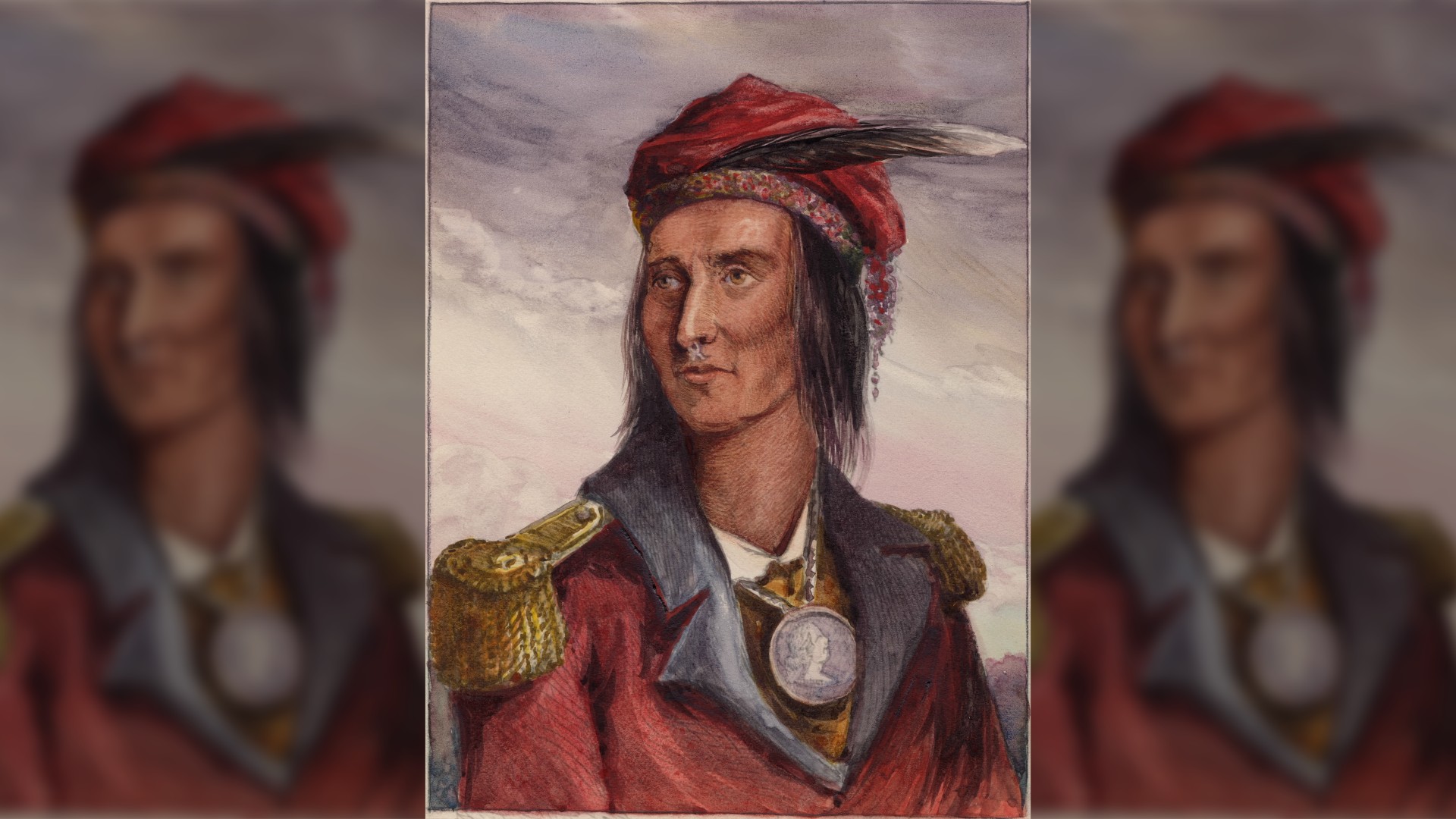
Tecumseh was a leader of the Shawnee people who tried to unite Native American peoples to resist the occupation of their lands by the early United States. He was born in about 1768 in Ohio and, for many years, fought against American colonists; his brother Tenskwatawa was a powerful religious leader who spread much the same message. Tecumseh allied with the English against the United States in the War of 1812. But the English abandoned him, and he died while leading a charge against an outnumbering force of American troops in 1813. He is said to have been buried near the battlefield, but there is no record of his grave.
22. Leonardo da Vinci
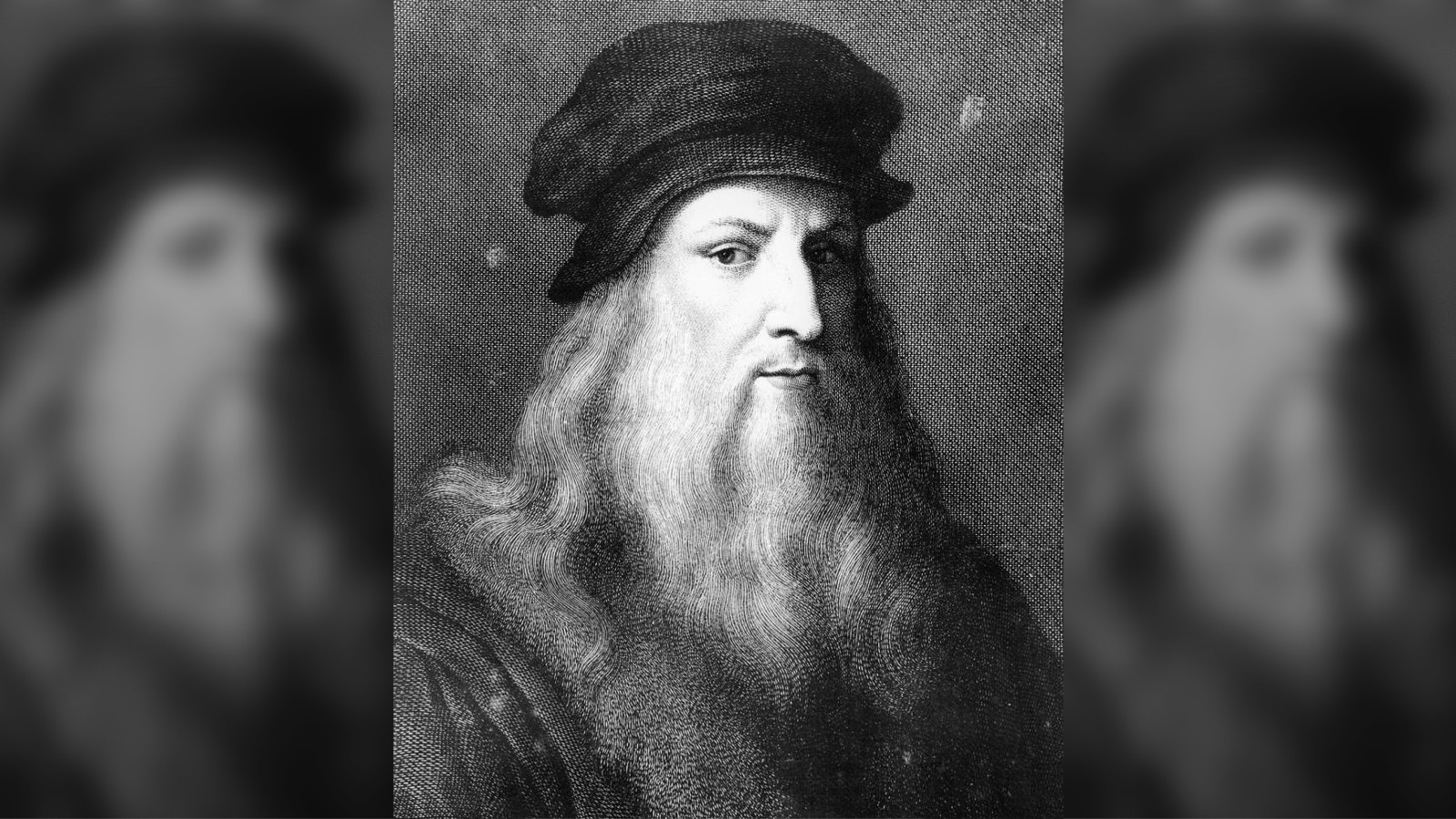
The artist, engineer and proto-scientist Leonardo da Vinci may be the most famous figure of the Italian Renaissance, but no one is quite sure where his bones are. He died in France in 1519 and was buried for a time in a church at the Château d'Amboise in the Loire Valley. But the chateau was heavily damaged during the French Revolution and was demolished in 1802; several graves at the site were destroyed or their contents were relocated, and the whereabouts of da Vinci's remains are now unclear.
23. Vlad Dracula
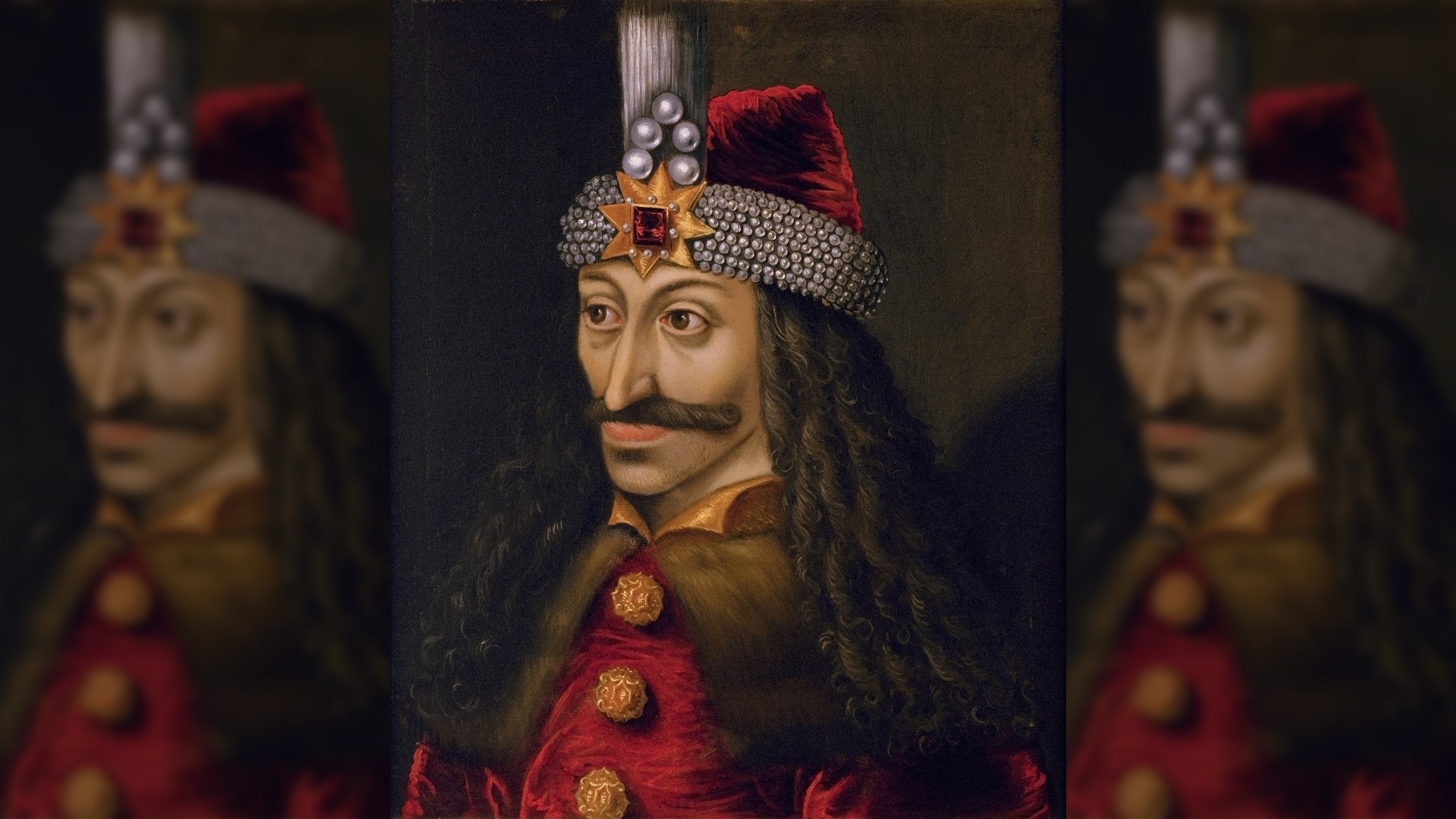
A national hero of Romania, Vlad Dracula (also known as Vlad the Impaler) was the ruler of Wallachia in the 15th century and famously fought for the region's independence from the Ottoman Turks. It's said he earned the nickname "the Impaler" because his preferred method of execution was to impale his enemies on spikes. In one famous incident in 1462, Vlad impaled an entire village of 20,000 men, women and children to frighten the advancing Turks, who turned back in fright or disgust. Vlad's family name, Drăculea, originally meant "dragon" in Romanian but now means "devil," and his legend inspired the Dracula vampire stories. His tomb has never been found, which may be a good thing.
24. Francis Drake
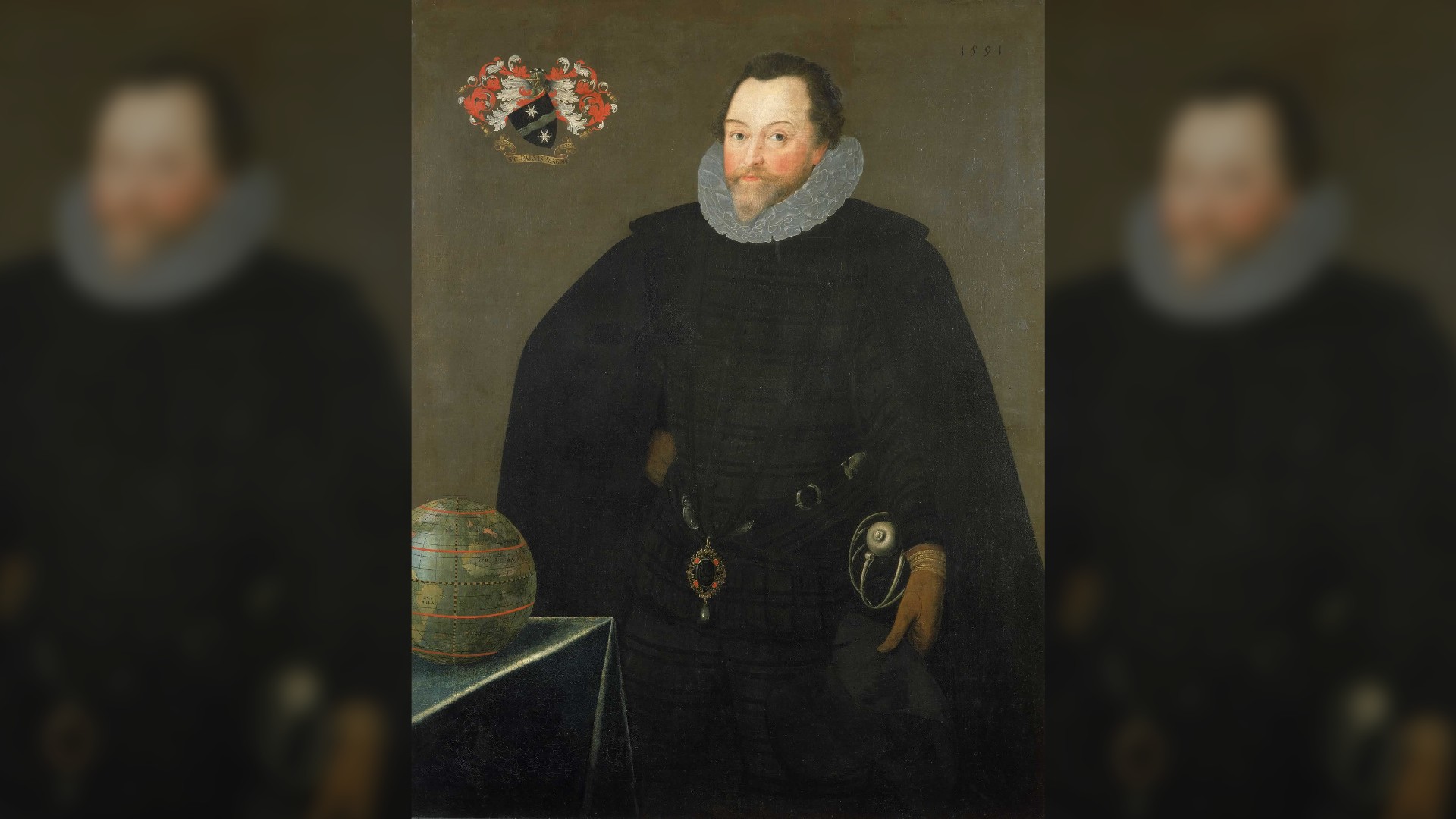
Francis Drake, Queen Elizabeth I's favorite privateer, was killed in Panama in 1596 while harassing Spanish galleons carrying gold and silver from the New World. His body was then dressed in armor, sealed in a lead coffin and buried at sea about 15 miles (24 kilometers) from the city of Portobelo. Divers, archaeologists and treasure hunters have been looking for it ever since. But so far, the precise location of his watery grave remains a mystery.
25. Tulsa Massacre graves
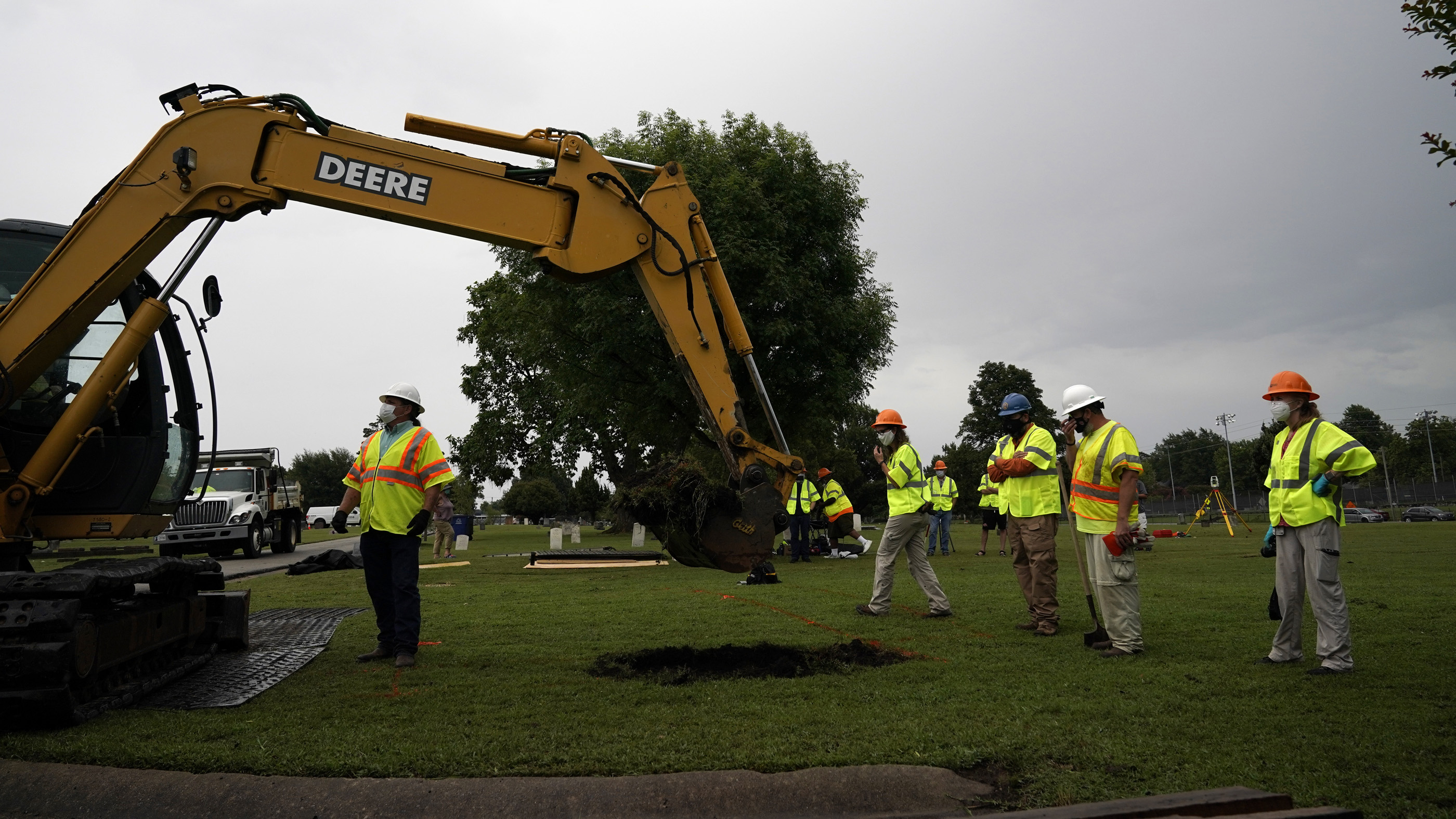
Hundreds of Black Americans may lie in unmarked graves in different locations around Tulsa, Oklahoma. The dead were victims of a race riot in 1921, which authorities at the time seem to have tried to cover up. More than 40 unmarked graves from the time have been found in the city's Oaklawn Cemetery. Historians say up to 300 people, most of whom were Black, were killed in the riots, and more bodies could be found at Oaklawn Cemetery and elsewhere.
26. Jesus Christ
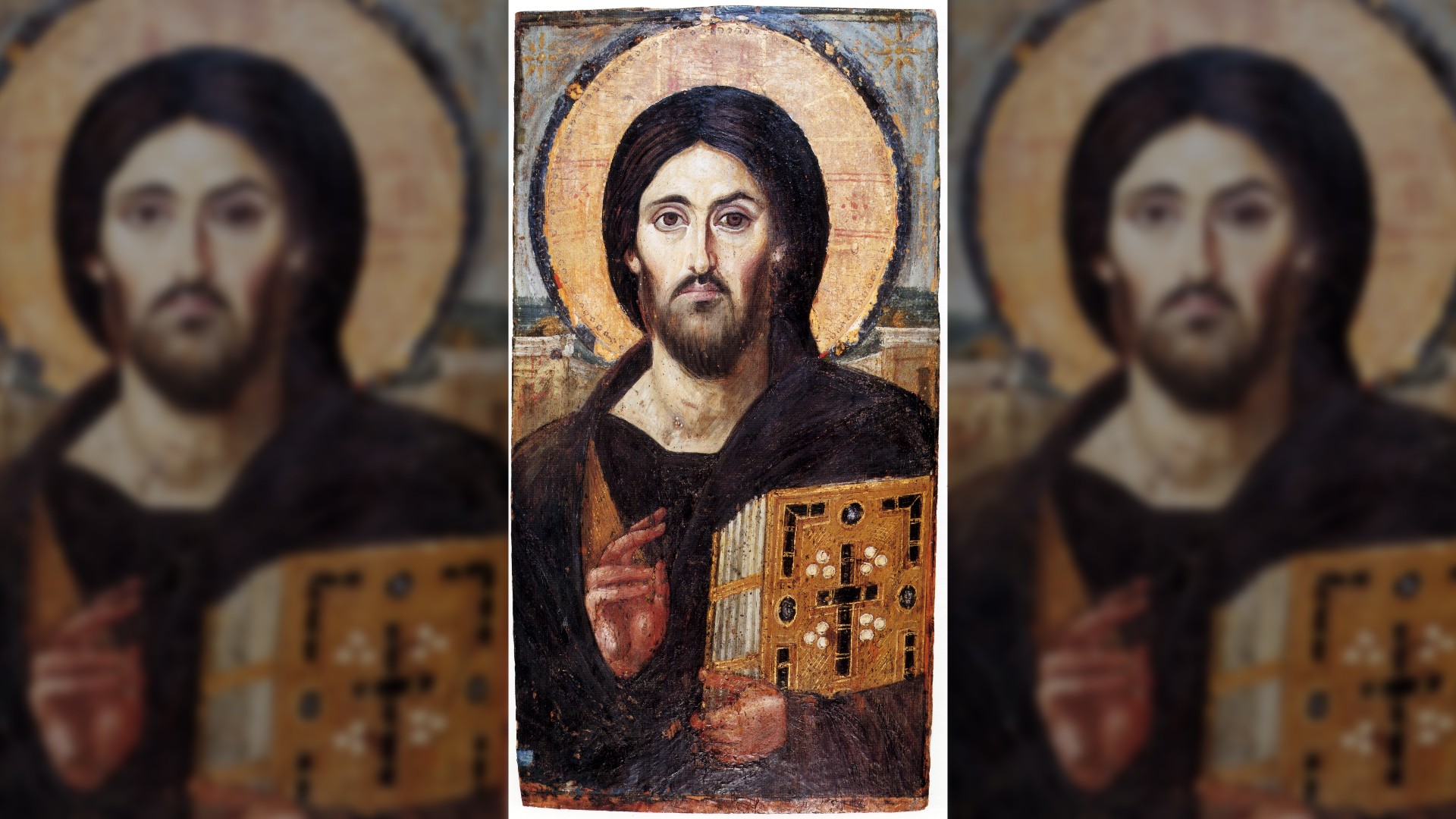
Although there is no direct archaeological evidence of Jesus Christ, most historians think he was a real person who was crucified in Roman Judea in the first century. The Church of the Holy Sepulchre in Jerusalem marks the traditional site of his tomb, and there's some evidence that it may really be the spot — but archaeologists now think its not likely to be the celebrated Garden Tomb in Jerusalem. In 2007, a television documentary claimed to show the tomb of Jesus in East Jerusalem, but it's not thought to be credible.
27. Harald Bluetooth
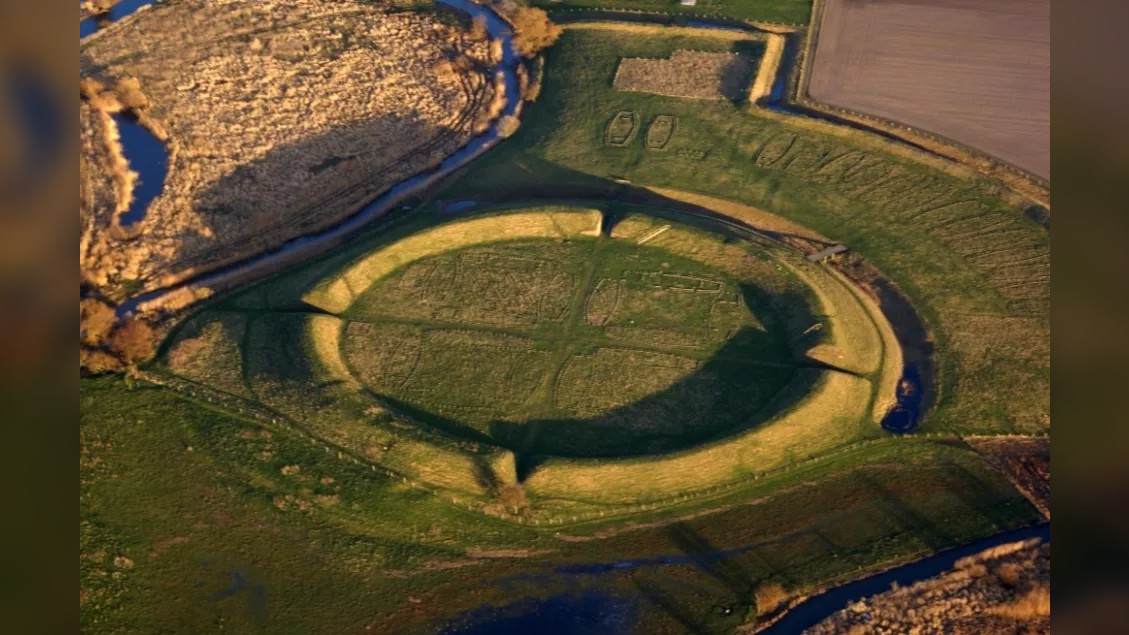
Harald "Bluetooth" Gormsson was a 10th-century king of Denmark and Norway who is most famous for uniting the region's warring Viking tribes. His name may refer to his liking for blueberries, or it may mean he had a bad tooth that appeared black or blue. His legacy is commemorated today in the Bluetooth wireless standard that allows disparate devices to exchange data. Archaeologists have discovered several distinctive circular forts that Bluetooth built to consolidate his reign, but his tomb has not been found.
28. Caligula
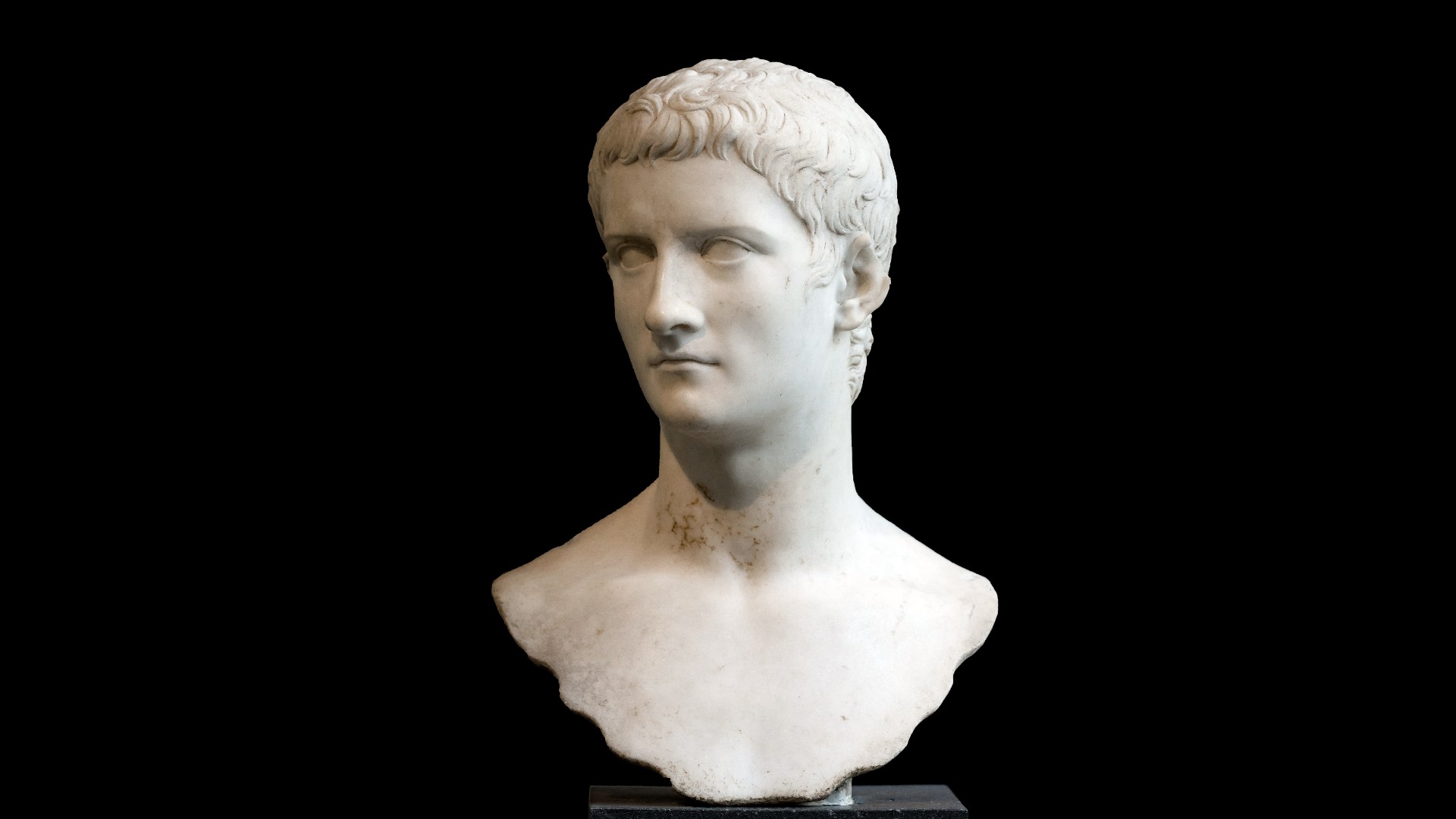
Gaius Caesar Augustus Germanicus, known as Caligula, was reportedly the most despotic Roman emperor, although some historians argue that he may not deserve his bad reputation. As a youngster, Caligula was popular, especially in the army where his father was a general, and his nickname means "little boots," from the child-size Roman uniform he wore. But things went very badly after he took the throne, and in A.D. 41, he was assassinated by disgruntled members of his bodyguard. Although the tombs of many Roman emperors are known — even some of the bad ones — Caligula's tomb has never been found. The Italian police claimed they'd found it in 2011, but historians think they probably haven't.
29. James I of Scotland
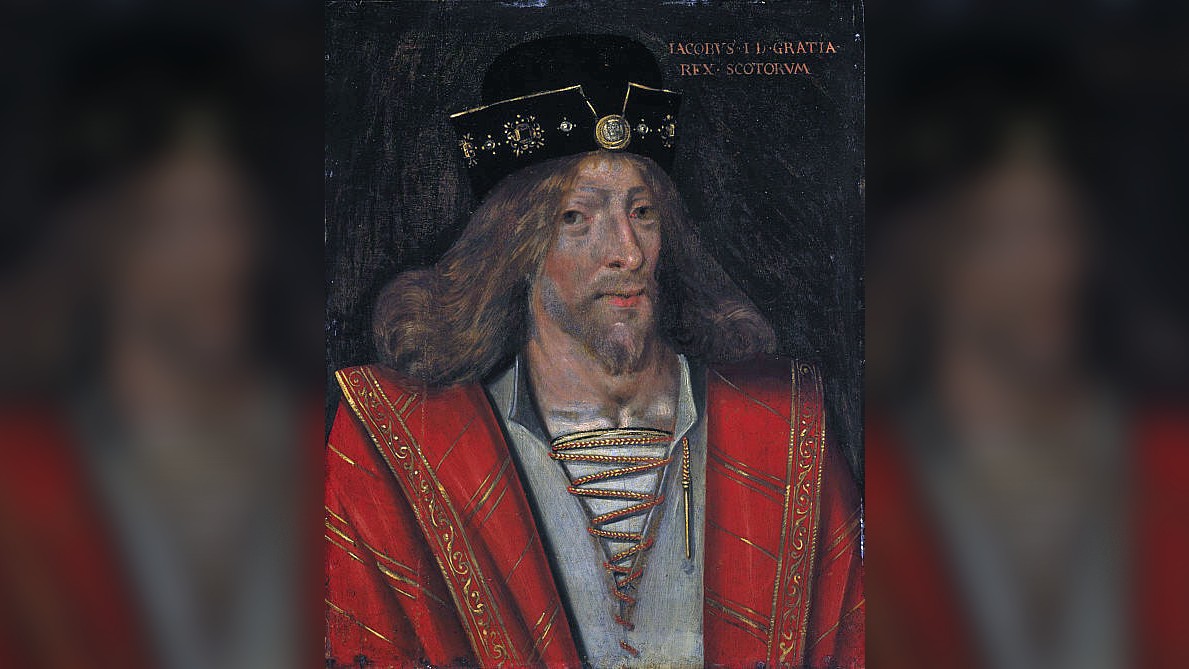
Scotland's James I was assassinated by members of a rival clan in 1437, ending his quest to make the central city of Perth, not Edinburgh, the royal capital of Scotland. Archaeologists think his tomb is buried beneath the modern city, possibly in the remains of a medieval priory or monastery, and they are carrying out excavations in the hope of finding it. According to a 1443 receipt for costs of 90 pounds, his embalmed heart may have been carried to the Holy Land by knights of the Order of St John.
30. Robert I of Scotland
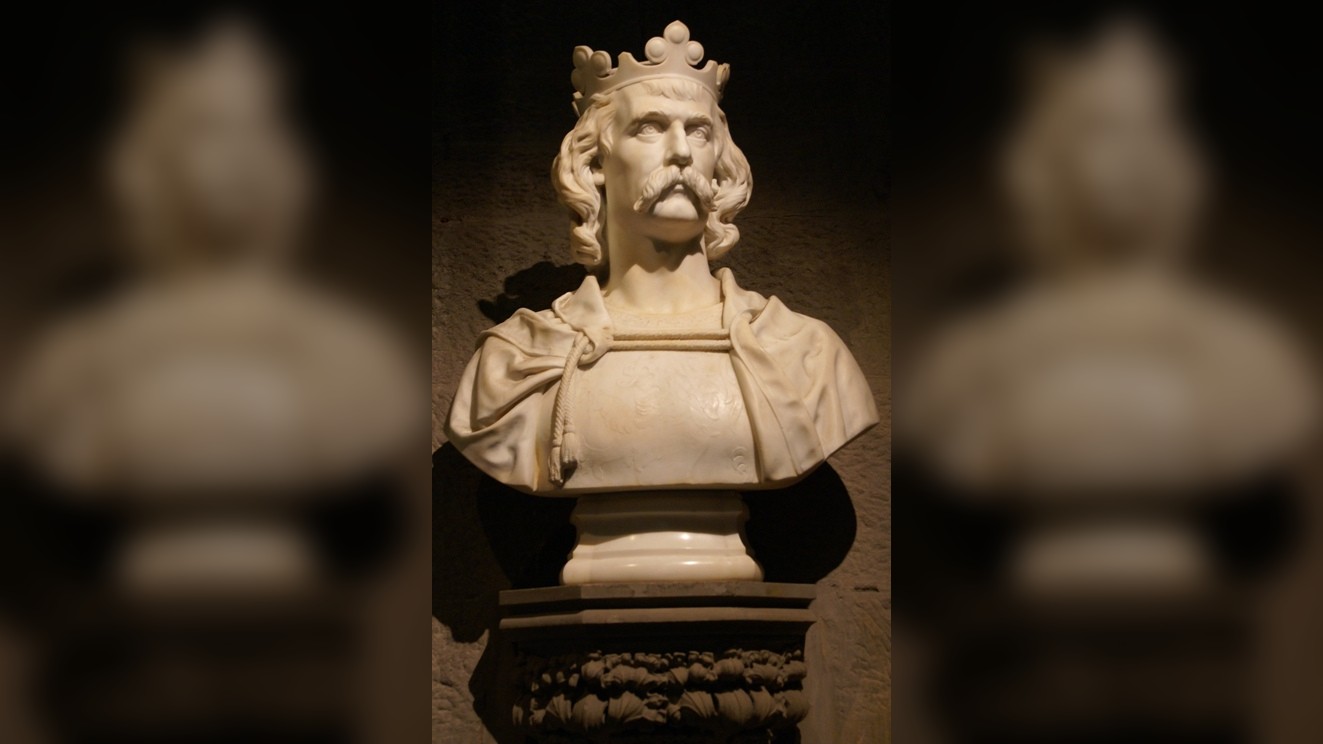
The tomb of an even earlier Scottish king, Robert I or Robert the Bruce (from "Bruis," his family name), was originally at a church in Dunfermline, just north of Edinburgh, but it was destroyed along with other royal tombs during the Scottish Reformation in the 16th century. Fragments of the lost tomb were discovered in the 18th century, however, and they have allowed archaeologists to make a reconstruction, which is now on display at the site.







